Boost general knowledge of world history with our collection of 144 history facts that all kids should know! Paired with brief descriptions of each topic, you can now easily pick and choose which facts to introduce to your students during which lessons. Whether you incorporate the facts into a fun quiz or combine them with your pre-existent curriculum, we guarantee that your students will have a blast learning!
1. Great Wall of China
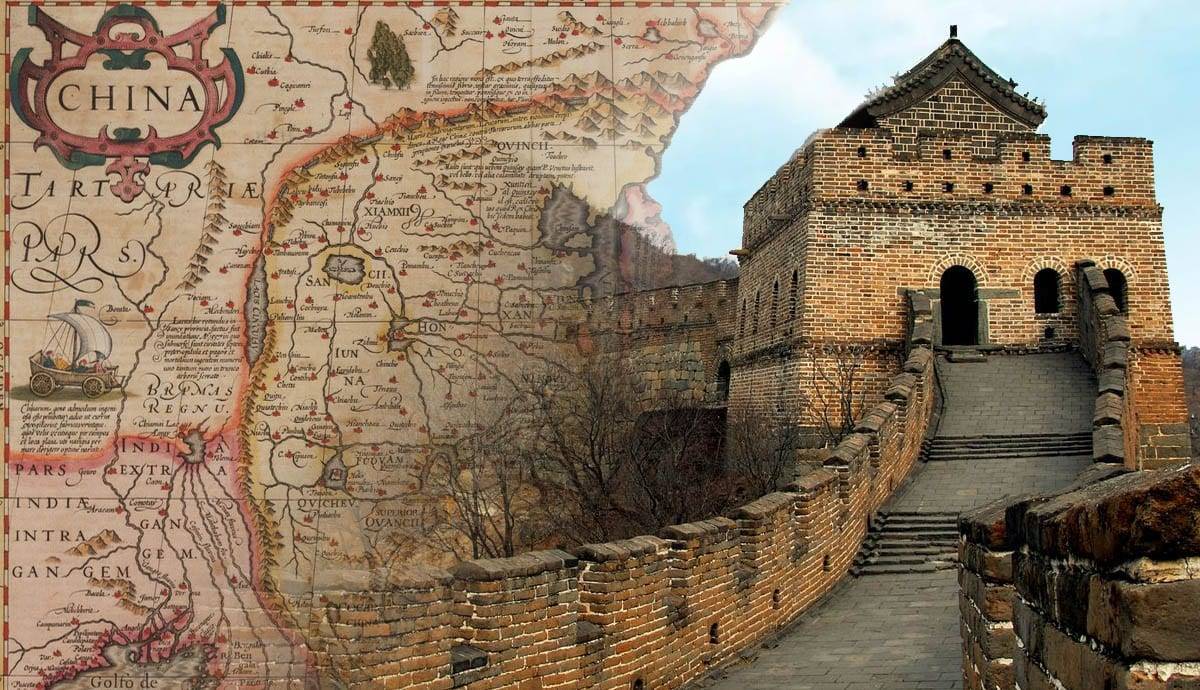
The Great Wall of China is over 2,300 years old and is 13,170 miles long. It’s the longest man-made structure in the world.
Learn More: The Collector
2. Egyptian Pyramids

The Great Pyramid of Giza was the tallest man-made structure for over 3,800 years. It was built for Pharaoh Khufu around 2580–2560 BC.
Learn More: National Geographic
3. Roman Roads
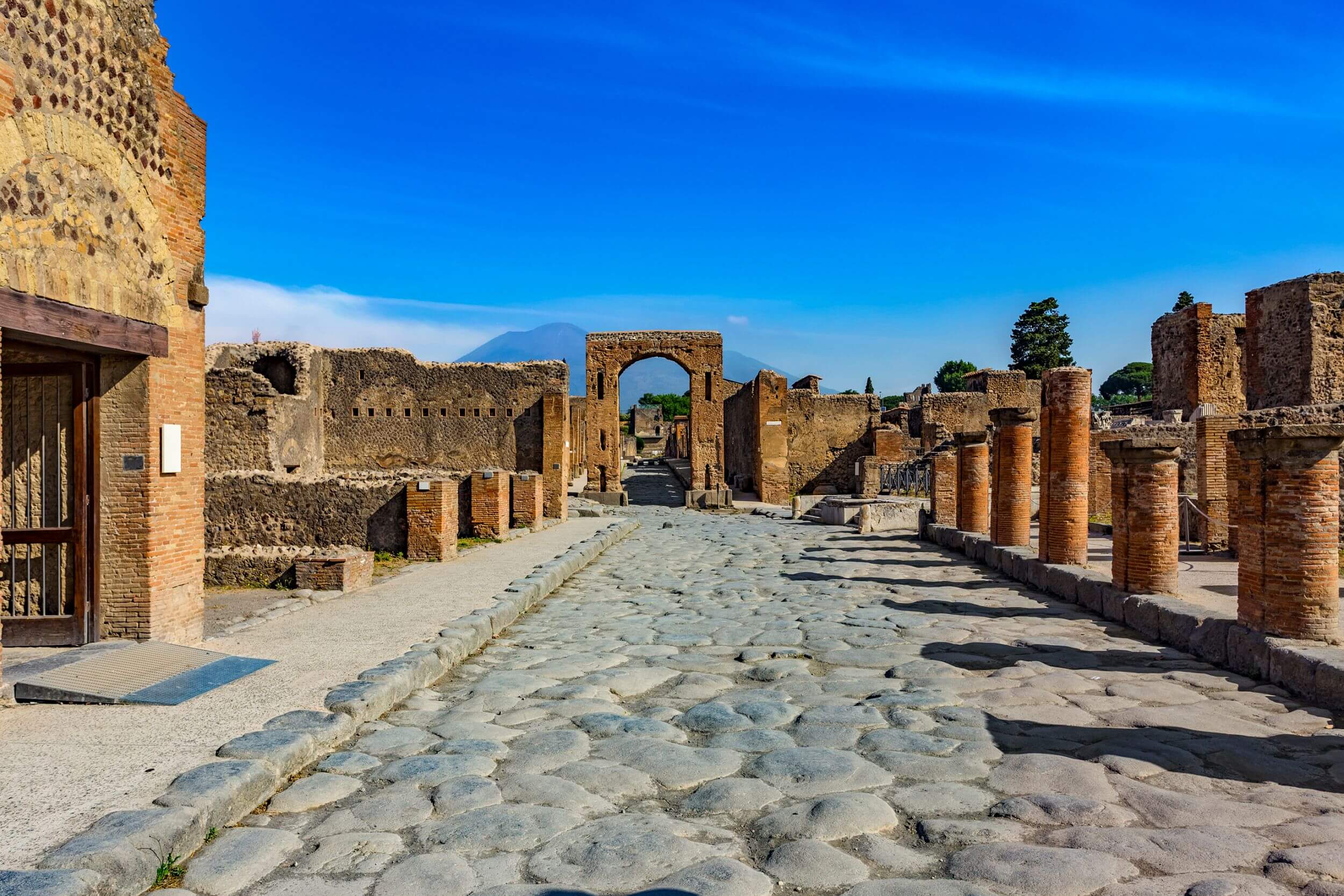
The Romans were known for their road-building skills. They built roads and walls- things we now take for granted.
Learn More: Geo Tech
4. Leonardo Da Vinci
Besides being a famous artist, Da Vinci also made sketches of things that wouldn’t be invented for hundreds of years, like helicopters and tanks.
Learn More: YouTube
5. Christopher Columbus
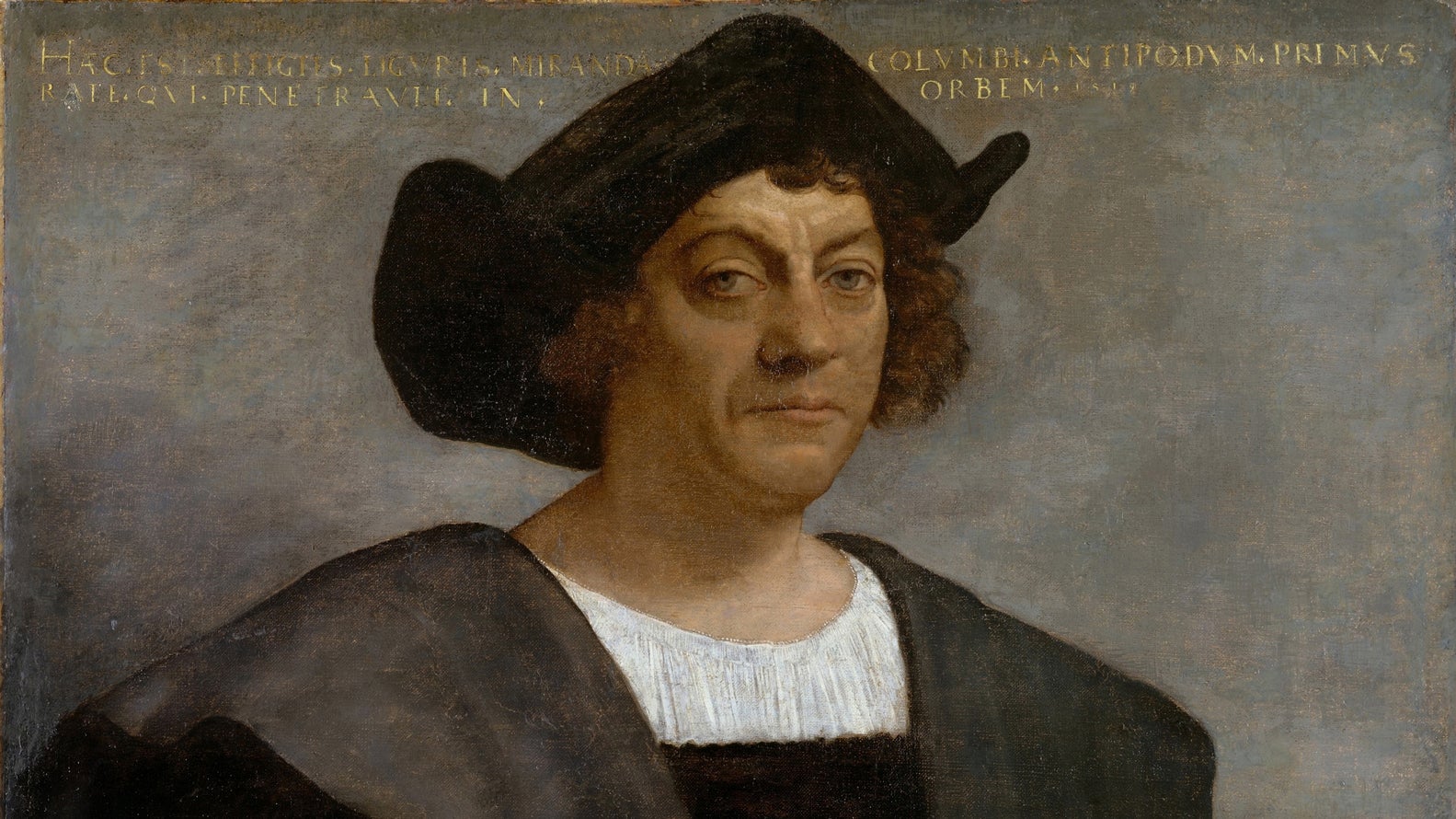
Columbus didn’t discover America, but his journeys marked the beginning of continuous European efforts to explore and colonize the Americas.
Learn More: History
6. Viking Navigation

Vikings used the position of stars, the color of the sea, and the presence of certain species of birds to navigate the seas.
Learn More: Bavi Power
7. Machu Picchu
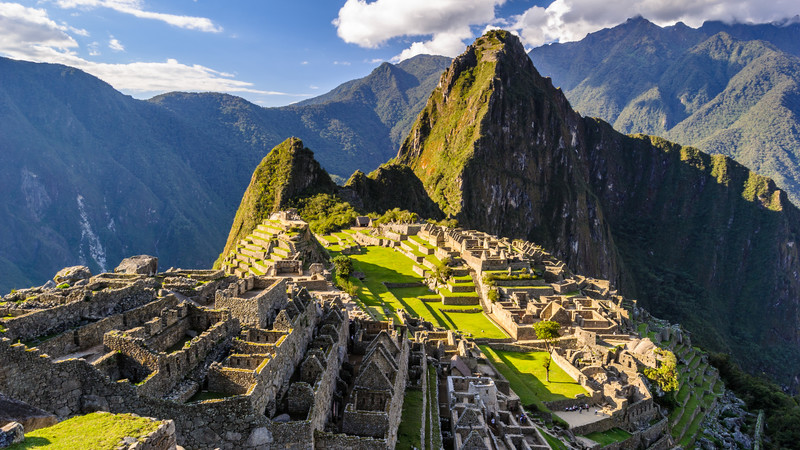
This Incan city in the mountains of Peru was never found by the Spanish invaders. It was merely rediscovered in 1911.
Learn More: Intrepid Travel
8. Rosetta Stone
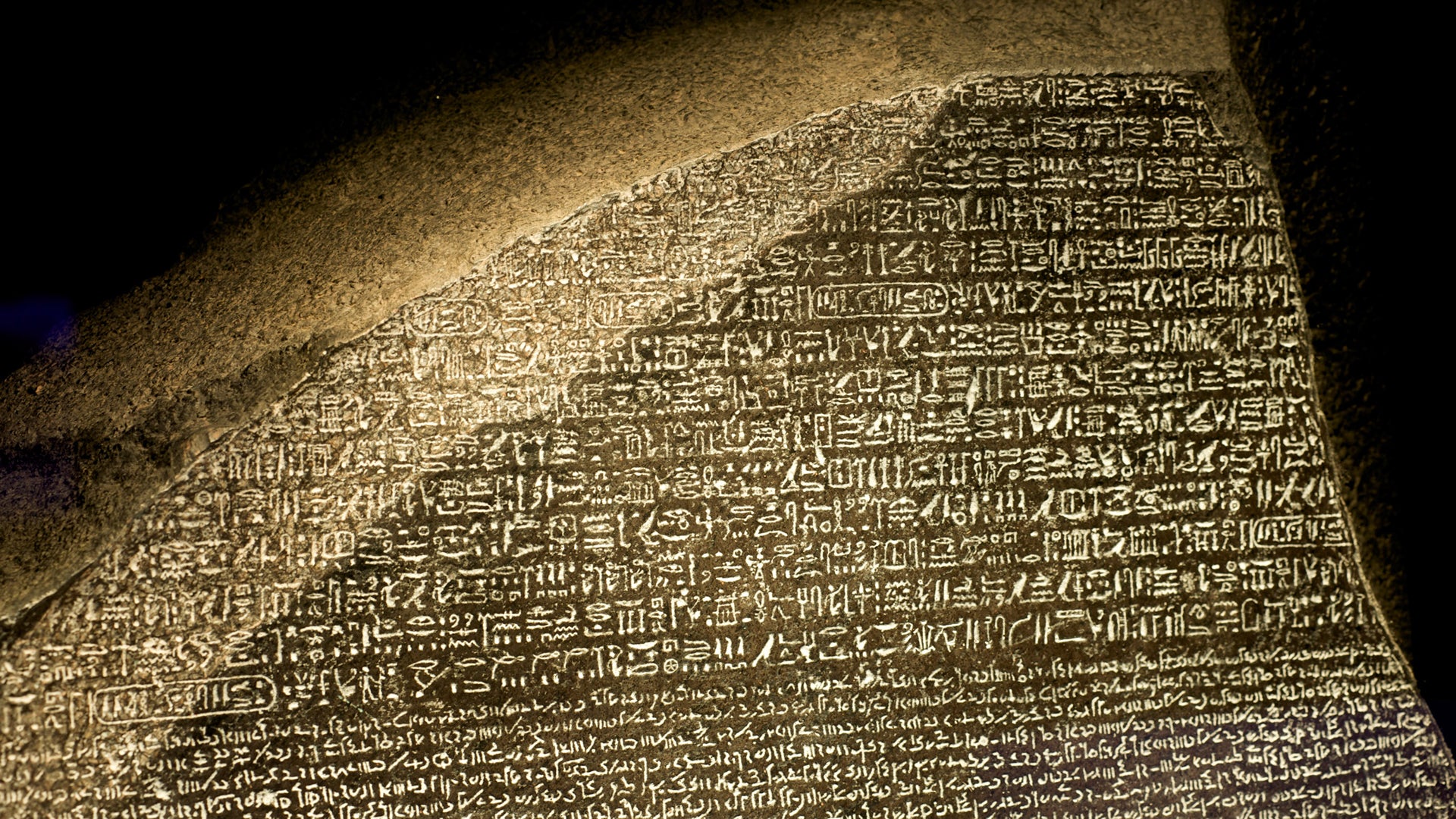
Discovered in 1799, the Rosetta Stone helped experts learn how to read Egyptian hieroglyphs.
Learn More: History
9. Julius Caesar
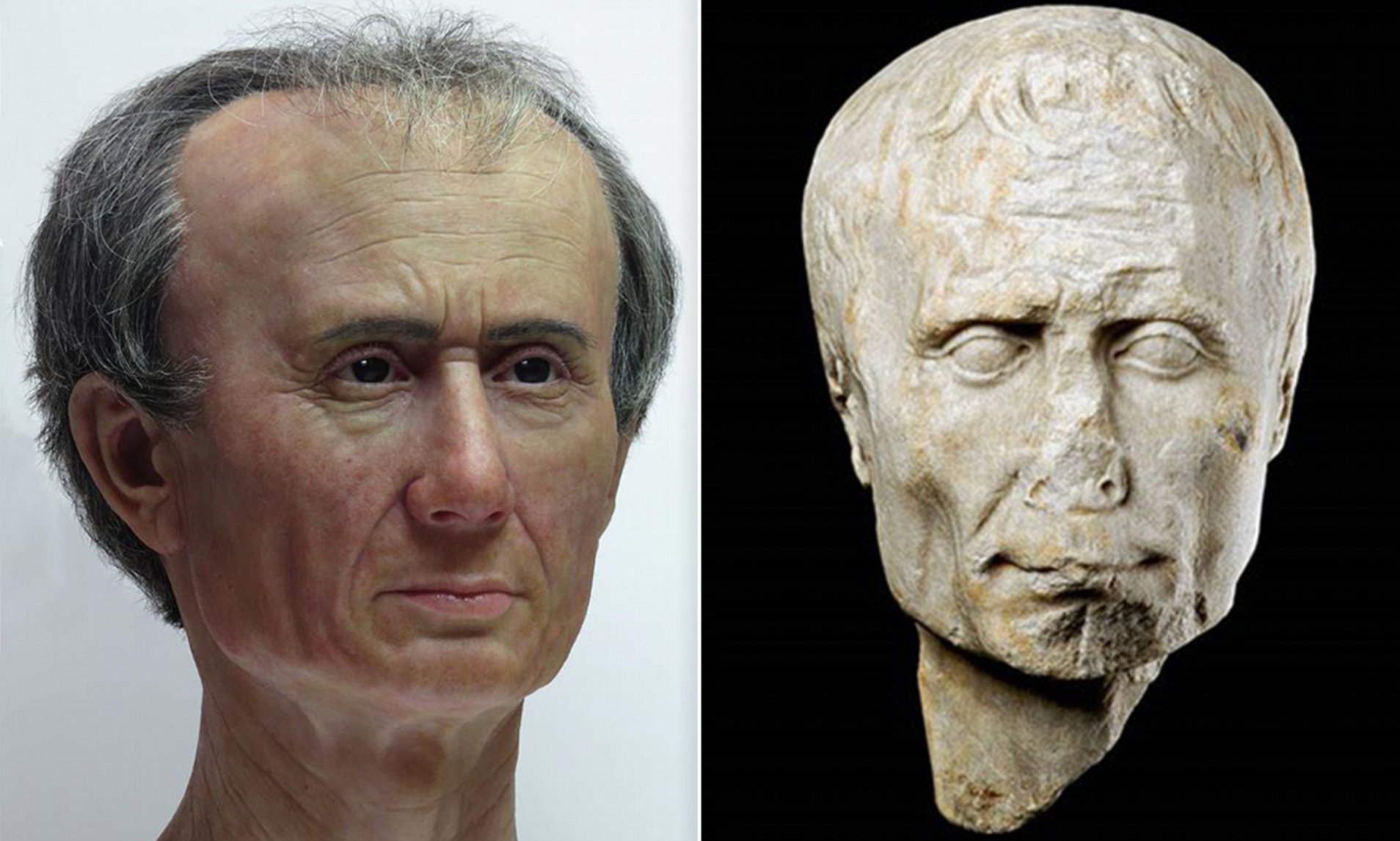
Caesar changed the Roman Republic into the Roman Empire and his reforms paved the way for his nephew, Augustus Caesar, also known as Octavian, to become the first Roman Emperor.
Learn More: Daily Mail
10. The Moon Landing
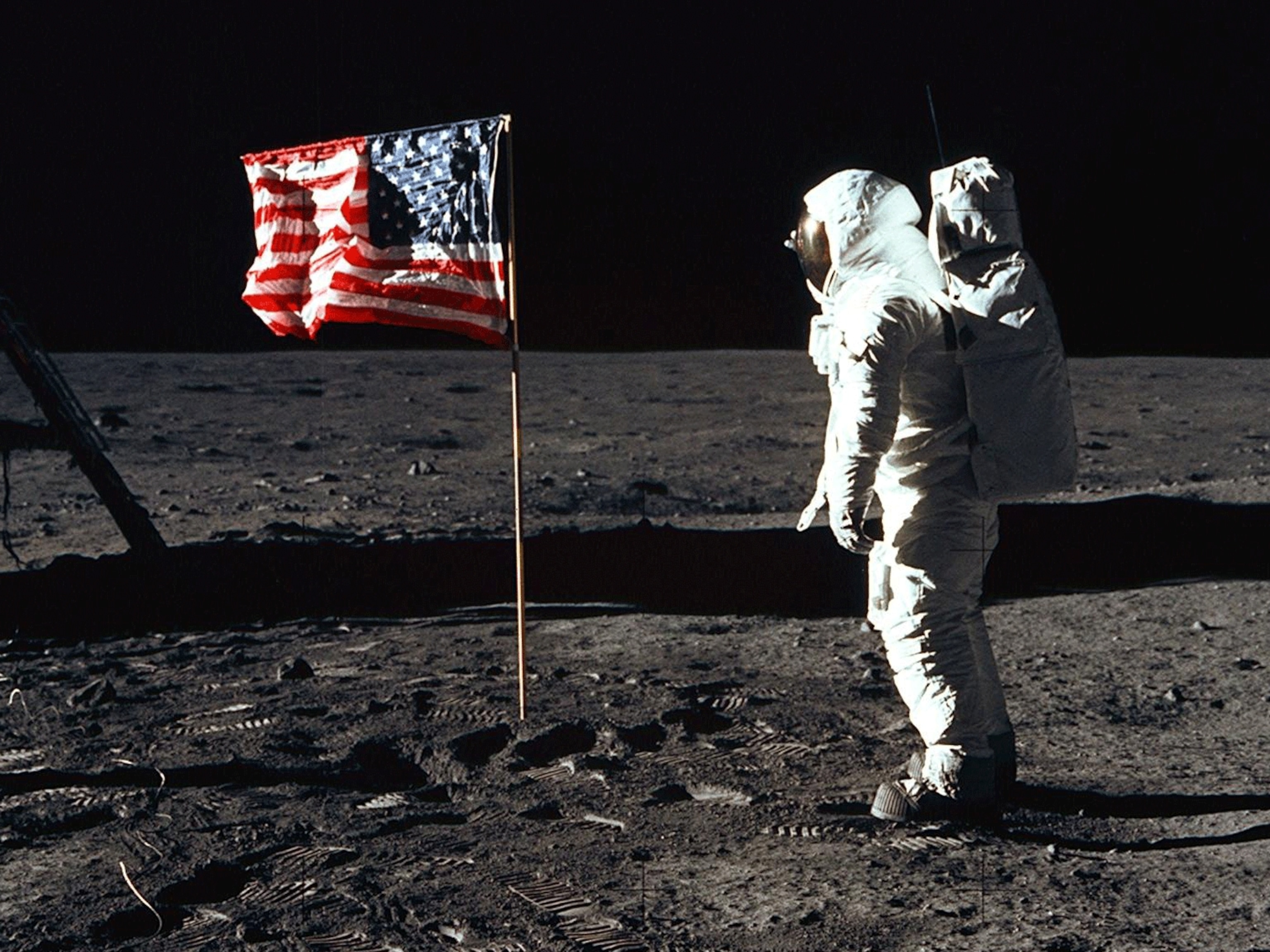
On July 20, 1969, the Apollo 11 mission successfully landed two astronauts named Neil Armstrong and Buzz Aldrin, on the moon.
Learn More: National Geographic Kids
11. The Colosseum
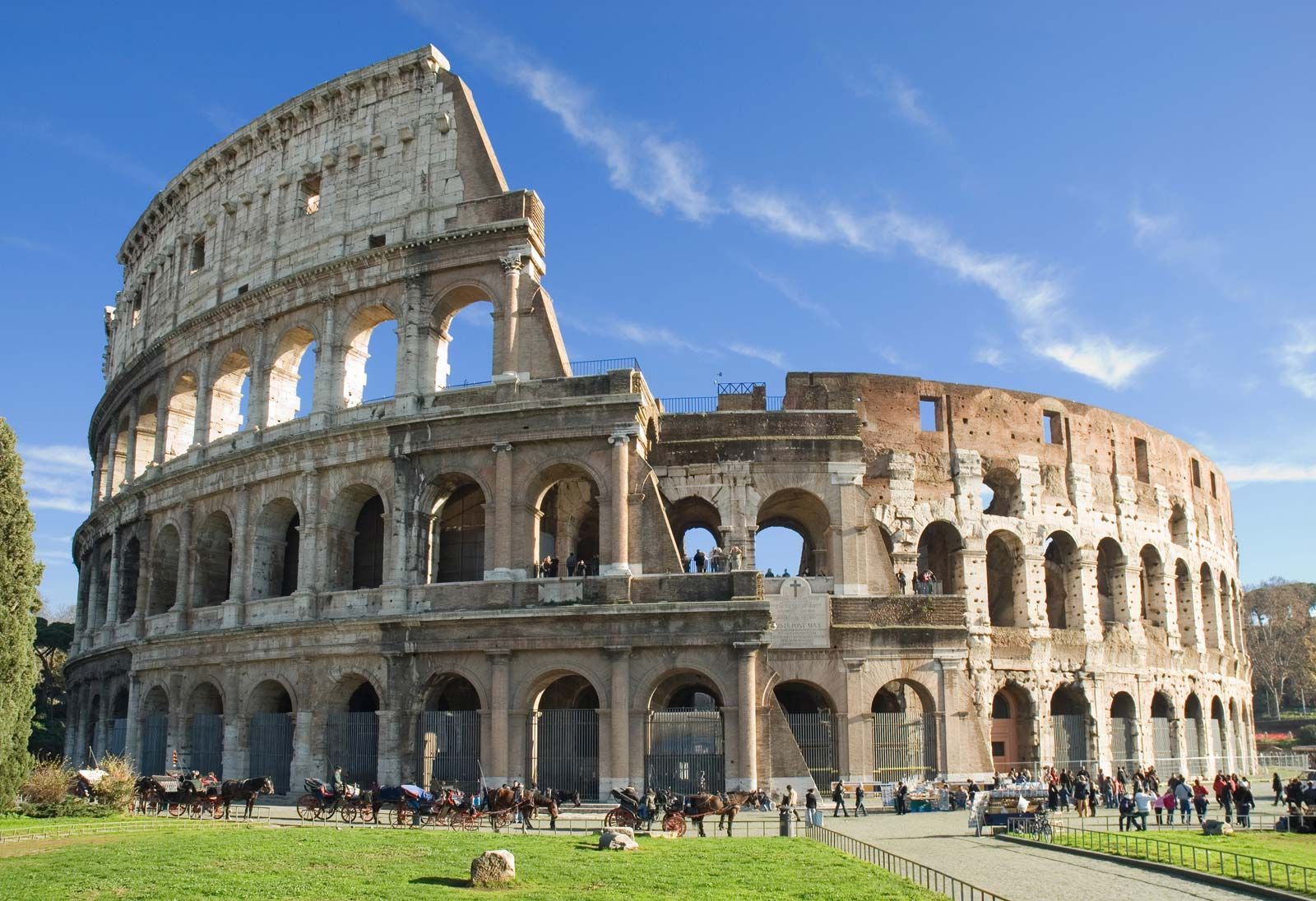
In its glory days, the Colosseum in Rome could hold an estimated 50,000 to 80,000 spectators. It was used for gladiatorial contests, public spectacles, and dramas.
Learn More: Britannica
12. Mayan Calendar
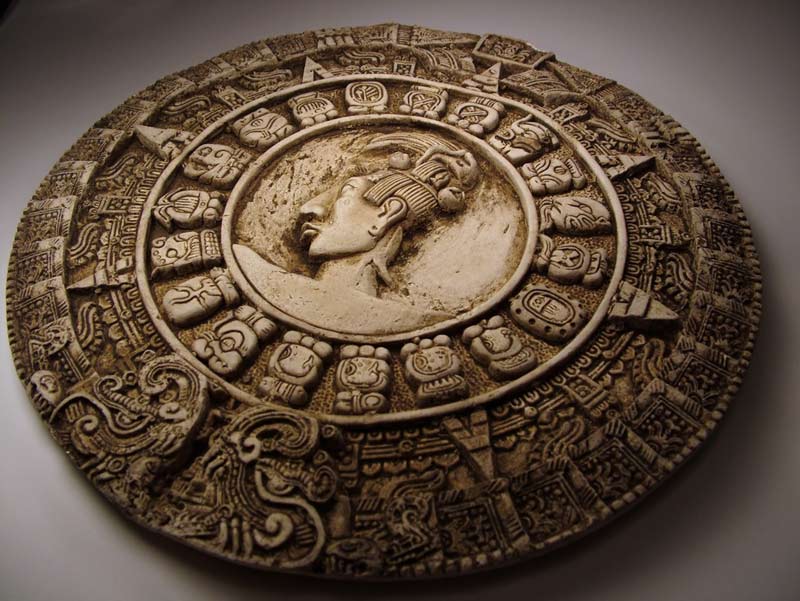
The Mayans created a calendar that still accurately predicts solar eclipses.
Learn More: Live Science
13. Napoleon Bonaparte
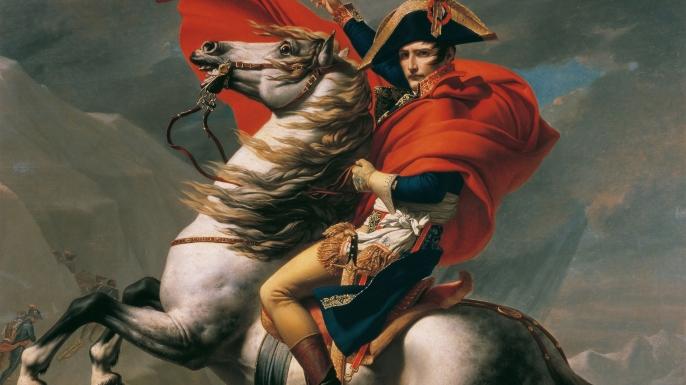
Despite popular belief, Napoleon wasn’t short. He was actually of average height for his time.
Learn More: History
14. Martin Luther King Jr.
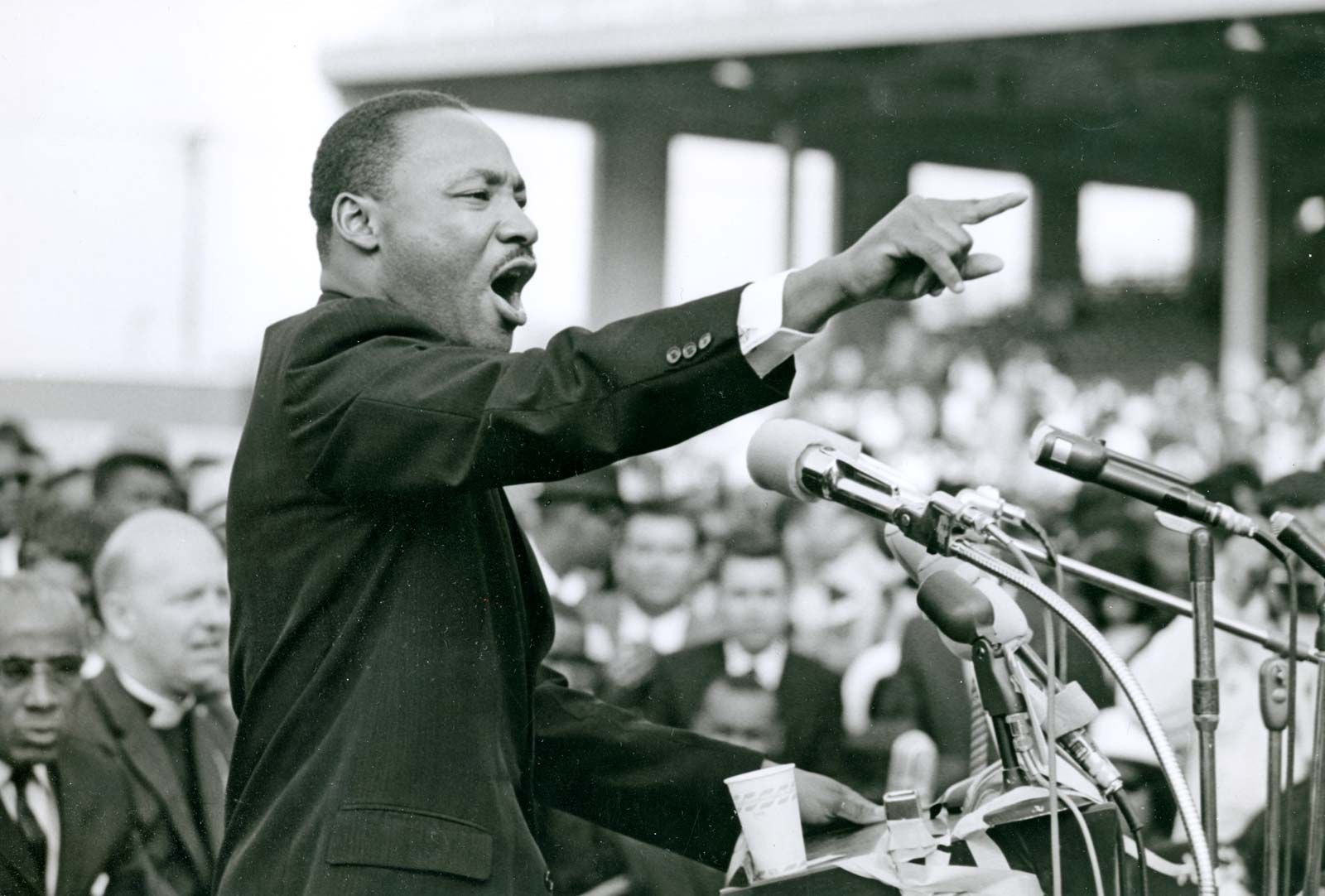
MLK’s “I Have a Dream” speech was not planned. He improvised part of it.
Learn More: Britannica
15. Titanic
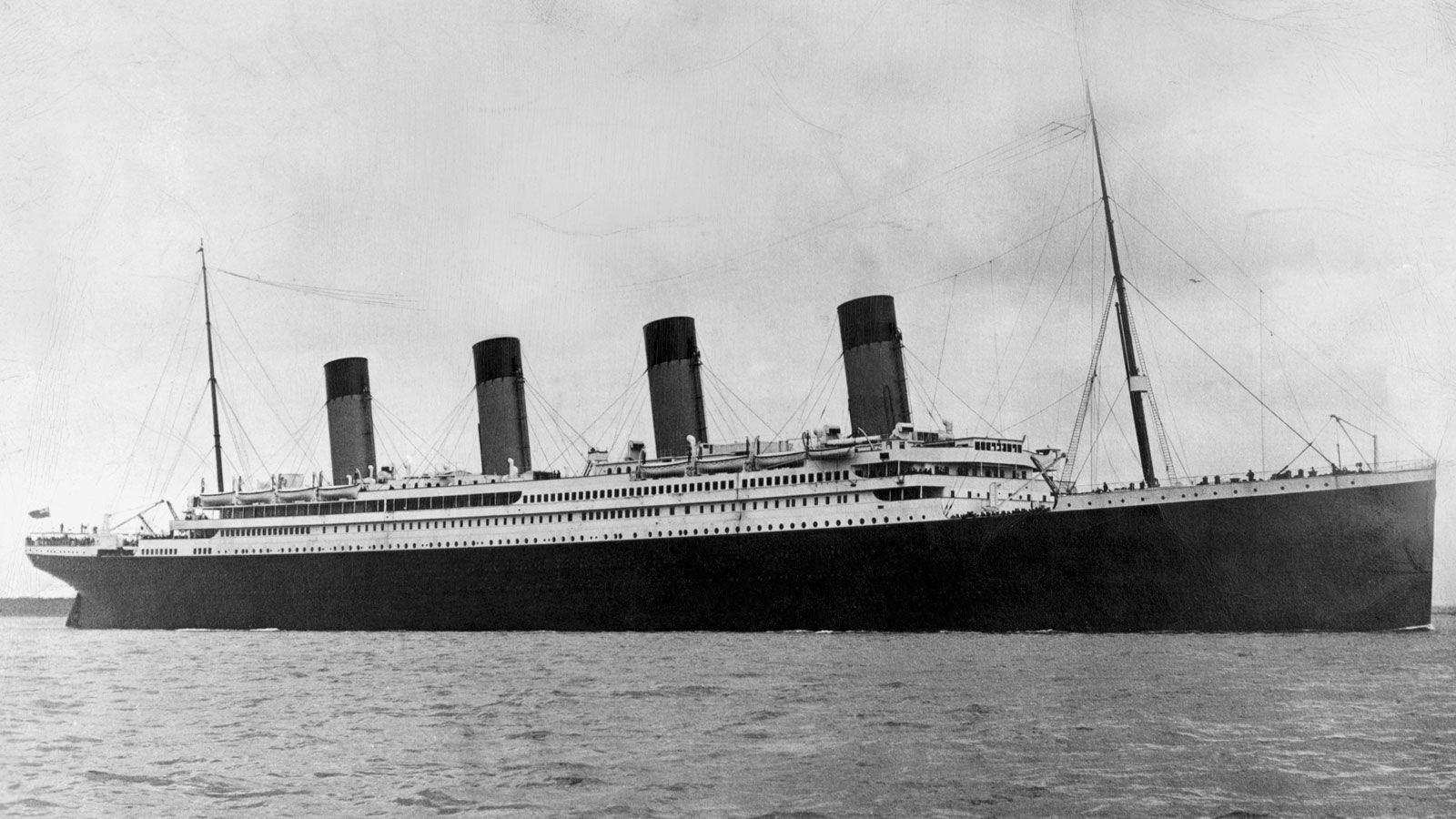
When the Titanic sank in 1912, it was on its maiden voyage from England to New York City.
Learn More: Britannica
16. Eiffel Tower
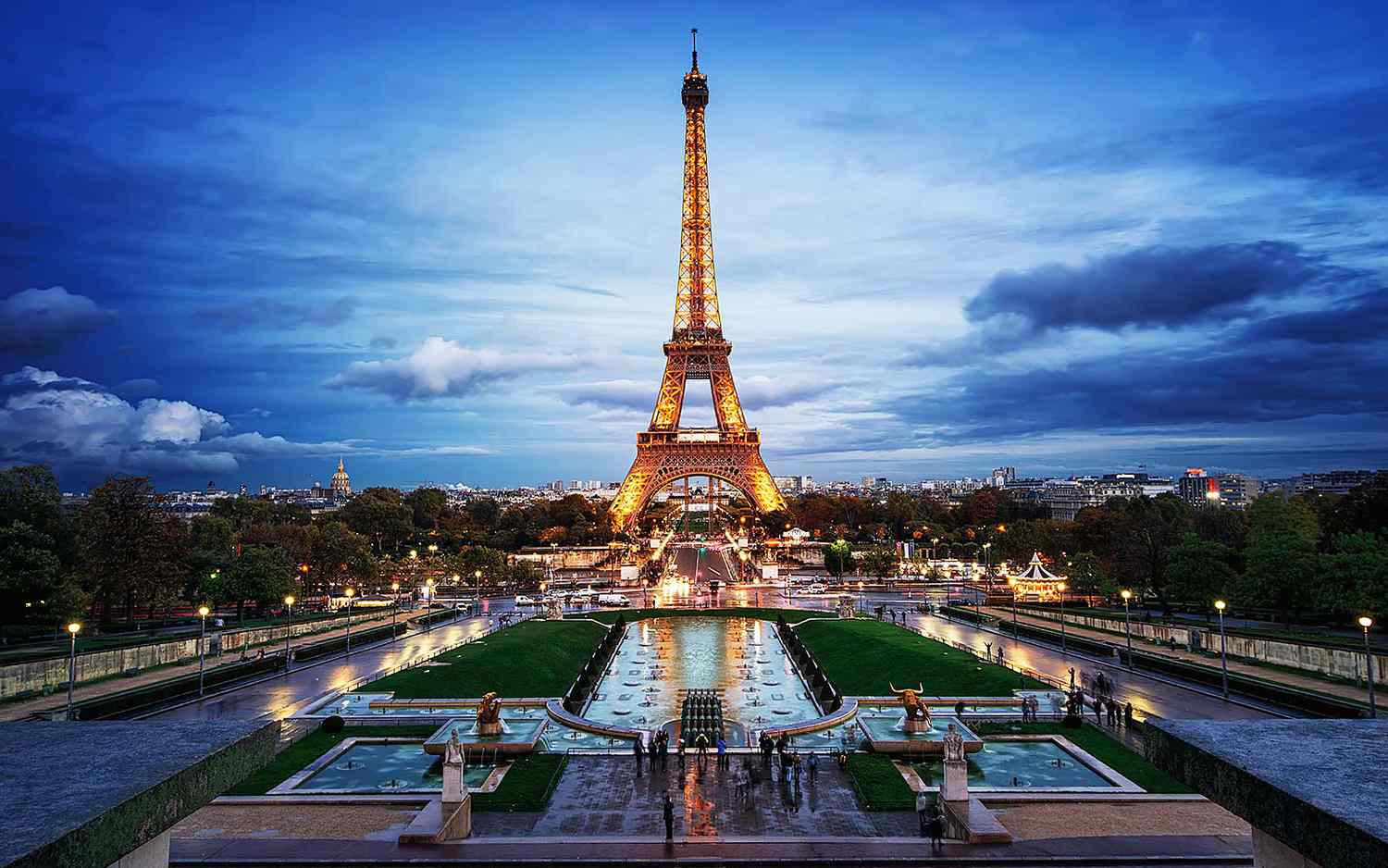
The Eiffel Tower was initially criticized for its design, but it has now become the global cultural icon of France and one of the most recognizable structures in the world.
Learn More: Travel + Leisure
17. Pompeii
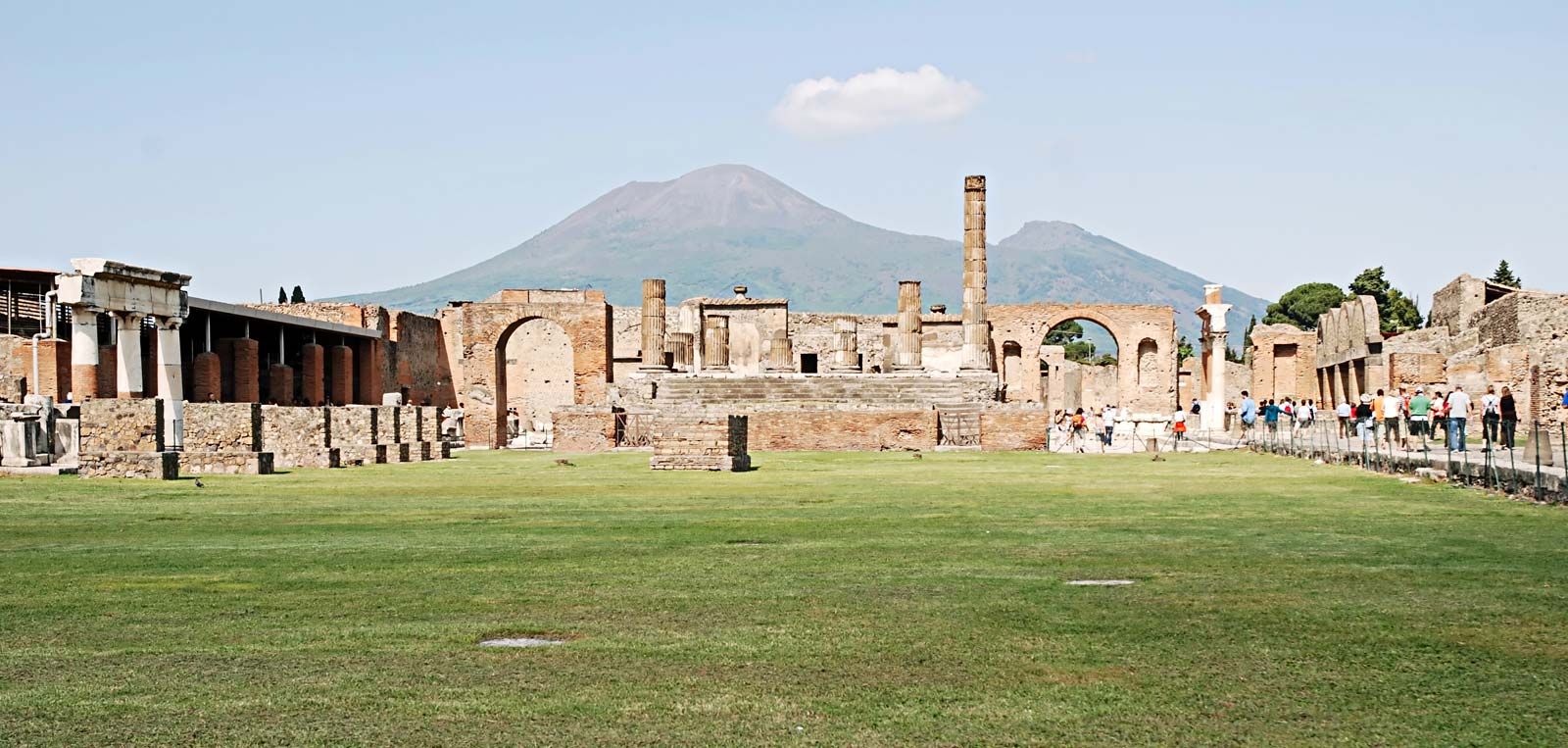
The city of Pompeii was buried under volcanic ash and pumice in the eruption of Mount Vesuvius in 79 AD and was lost for nearly 1700 years before its accidental rediscovery.
Learn More: Britannica
18. Terracotta Army
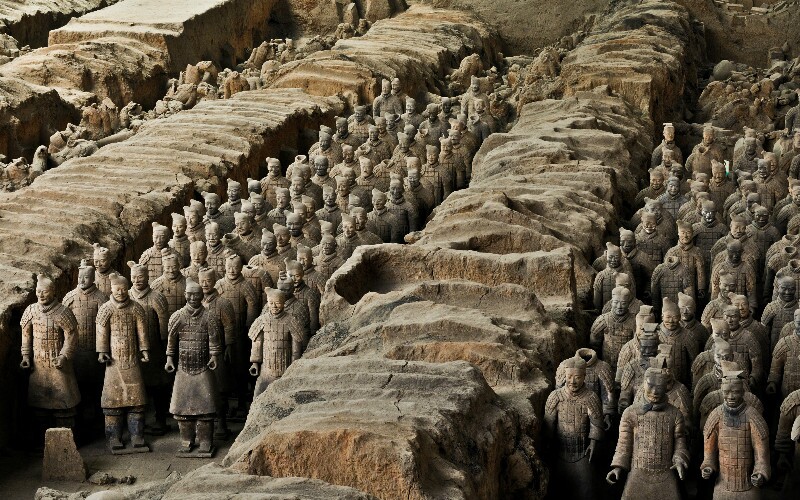
The Terracotta Army is a collection of terracotta sculptures depicting the armies of Qin Shi Huang, the first Emperor of China.
Learn More: China Highlights
19. American Revolution
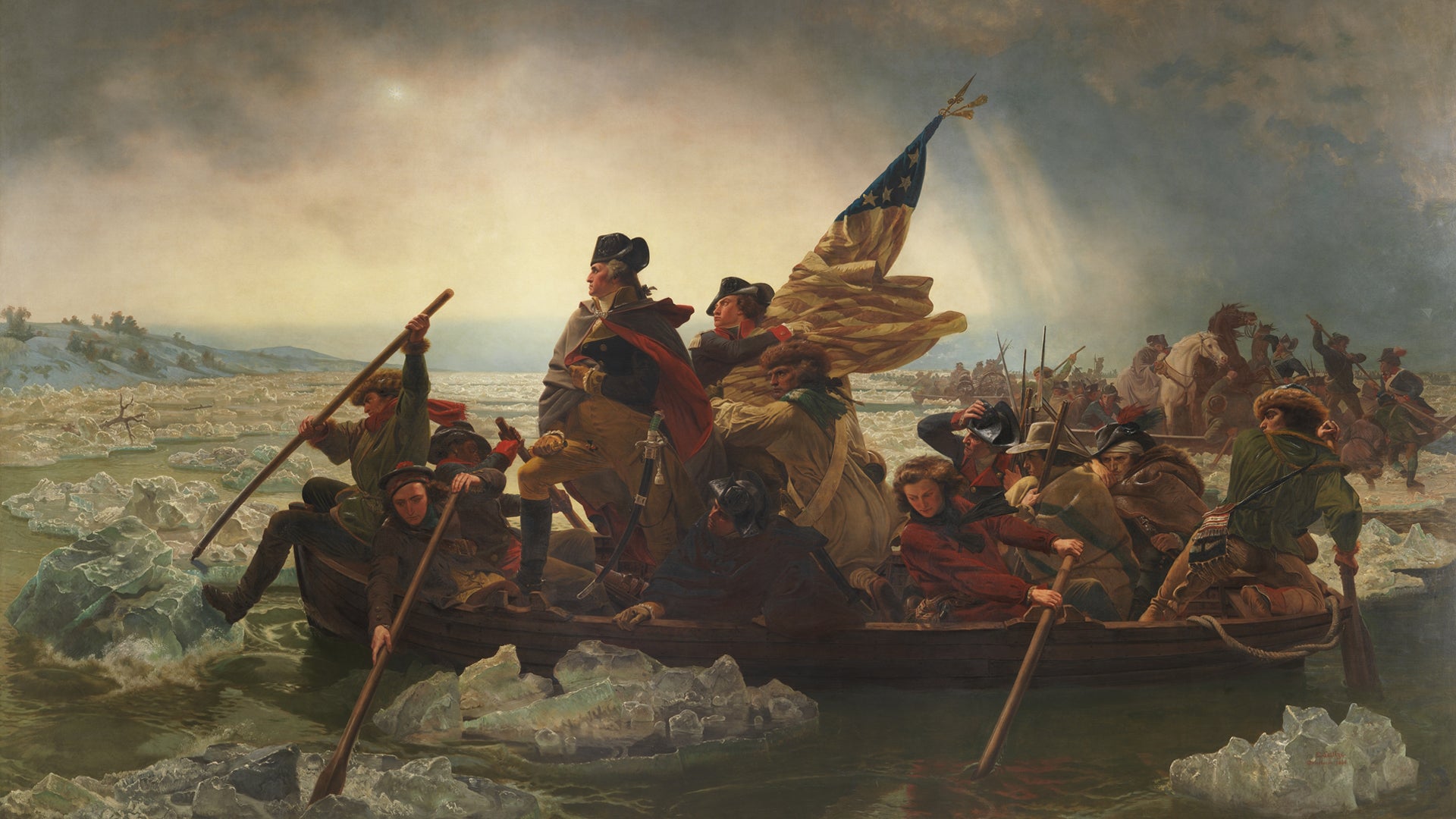
The American Revolution was a war fought by the 13 American colonies against Great Britain for independence. It lasted from 1775 to 1783.
Learn More: History
20. Wright Brothers
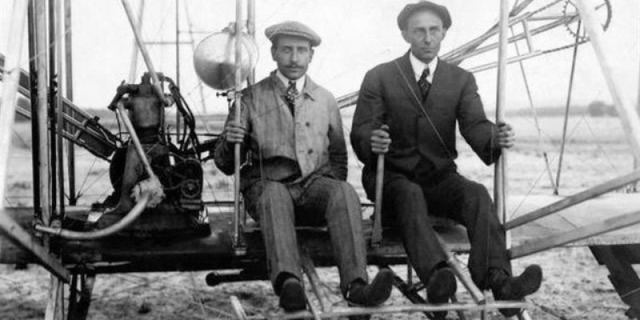
Orville and Wilbur Wright were credited with inventing and building the world’s first successful airplane and making the first controlled, powered, and sustained heavier-than-air human flight in 1903.
Learn More: Dayton CVB
21. The Black Death
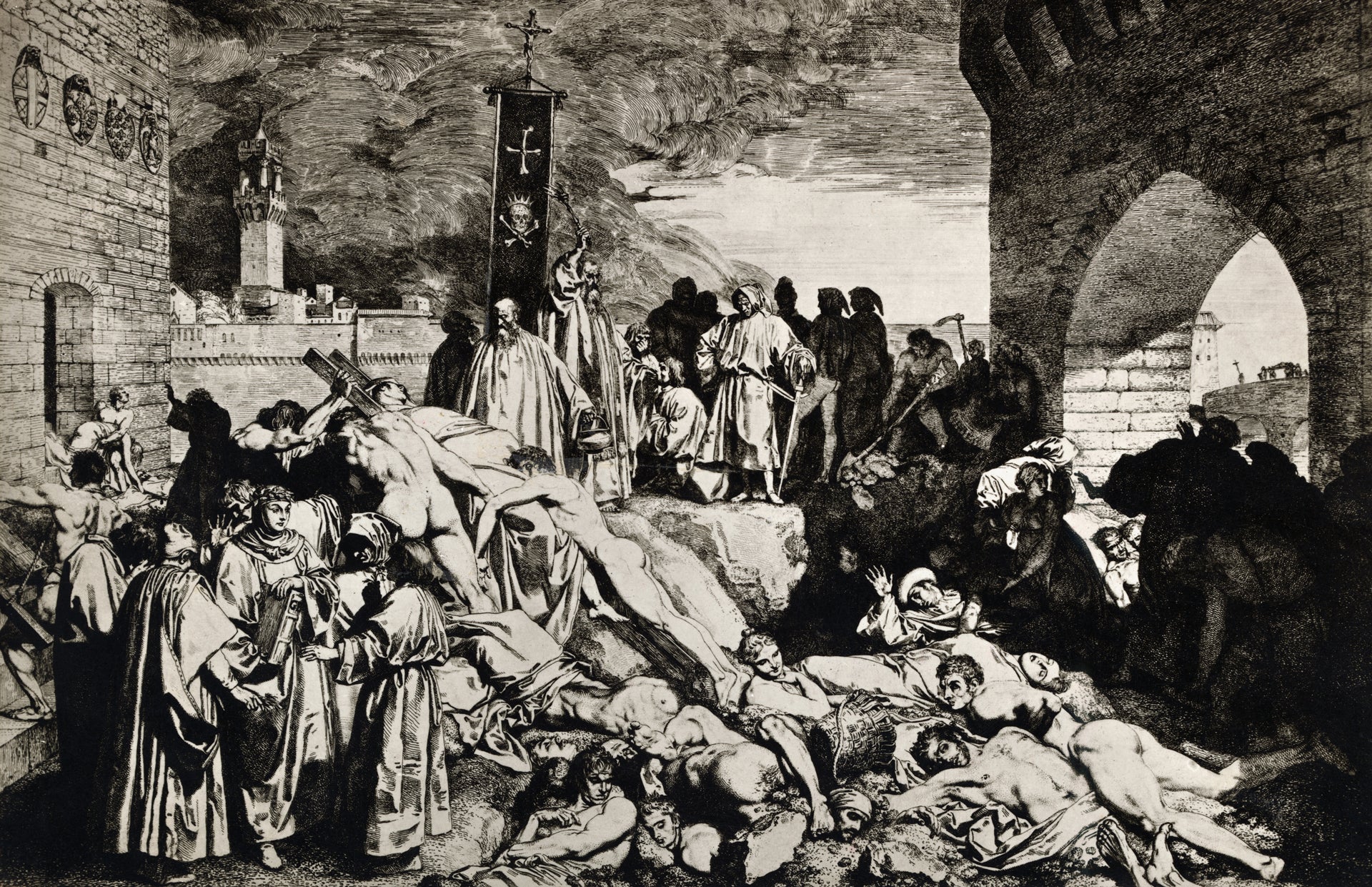
Also known as the Plague, it killed 25 million people in five years during the 14th century.
Learn More: History
22. Mona Lisa
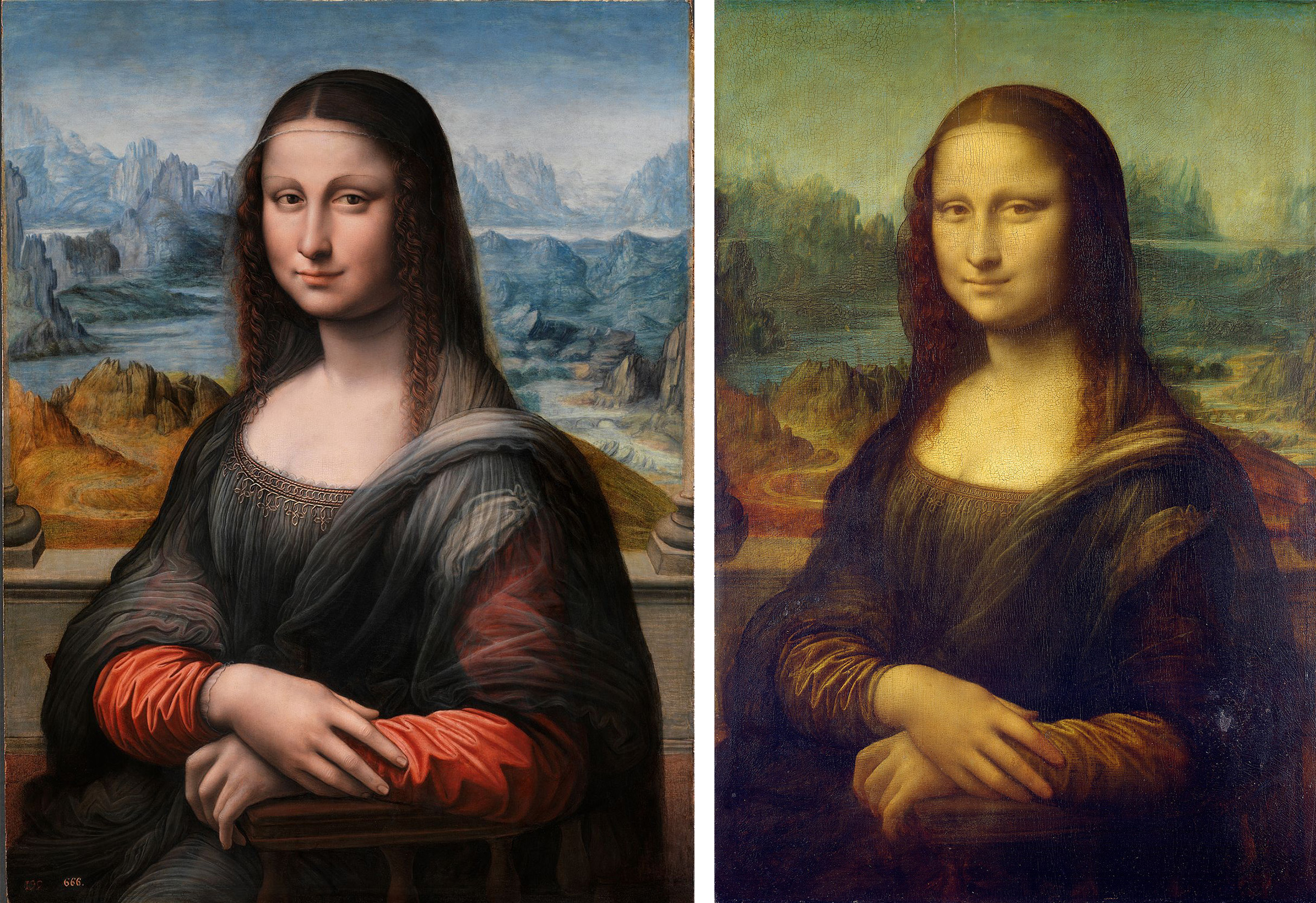
It took Leonardo Da Vinci 12 years to paint Mona Lisa’s lips.
Learn More: Khan Academy
23. Hiroshima and Nagasaki
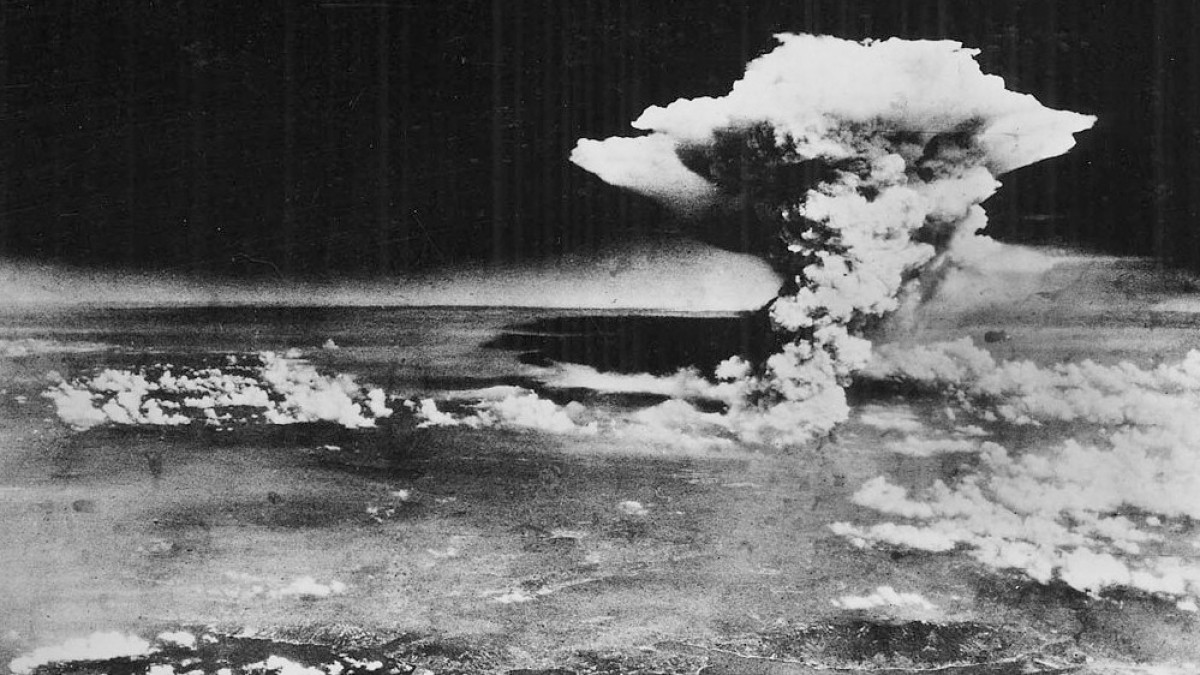
The bombings of Hiroshima and Nagasaki in Japan in August 1945 marked the first time atomic bombs were used in war.
Learn More: Al Jazeera
24. Stonehenge
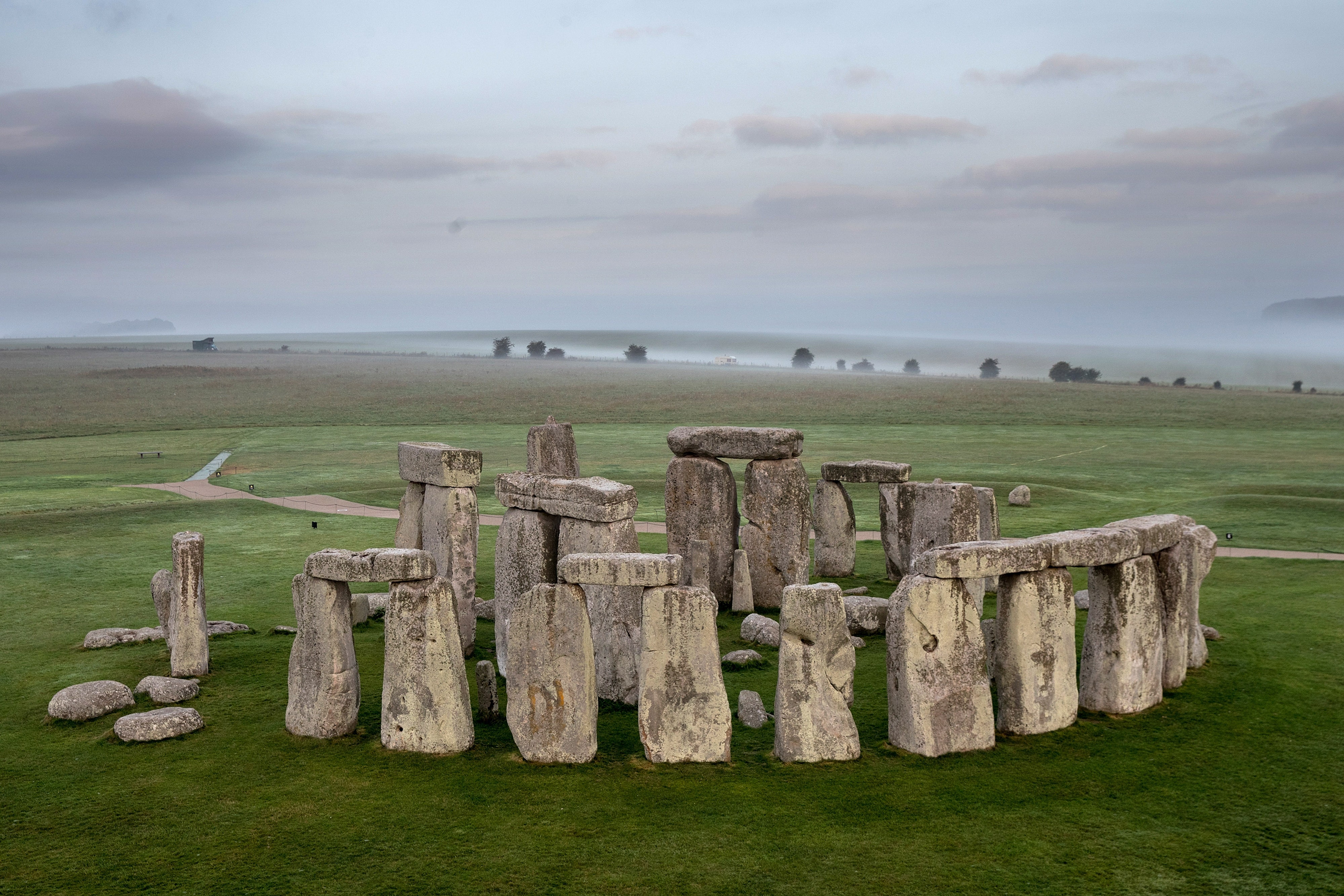
The prehistoric monument Stonehenge in England was built in several stages, with the first stage being erected around 3000 BC.
Learn More: House And Garden
25. American Civil War

The American Civil War was fought in the United States from 1861 to 1865, primarily over the issue of slavery.
Learn More: Britannica
26. Invention of Printing Press

The printing press was invented by Johannes Gutenberg in 1439. It revolutionized the spread of knowledge and literacy.
Learn More: History
27. World War I
World War I was a global war that took place from 1914 to 1918. It led to major political changes, including revolutions in many nations.
Learn More: YouTube
28. World War II
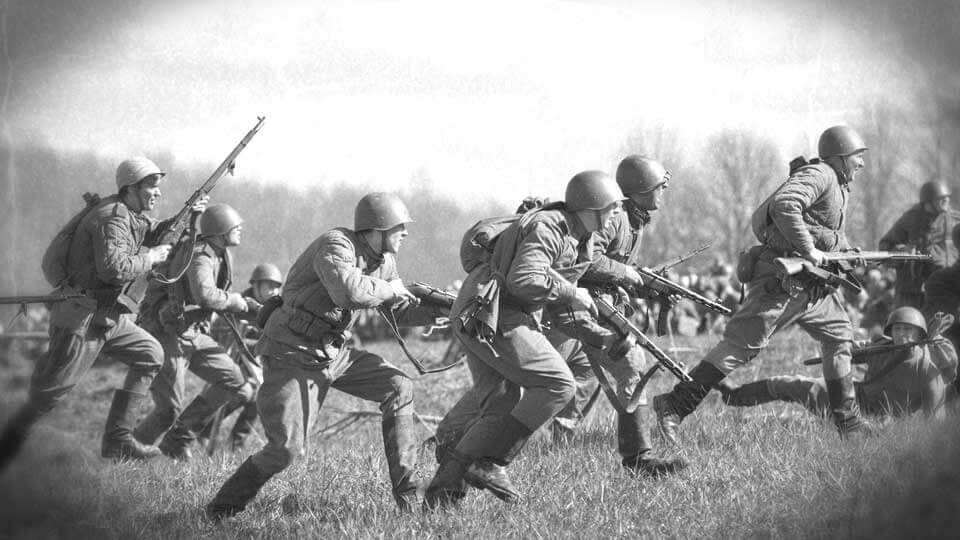
World War II was the deadliest conflict in human history, lasting from 1939 to 1945 and involving over 30 countries.
Learn More: SAGU
29. Cleopatra
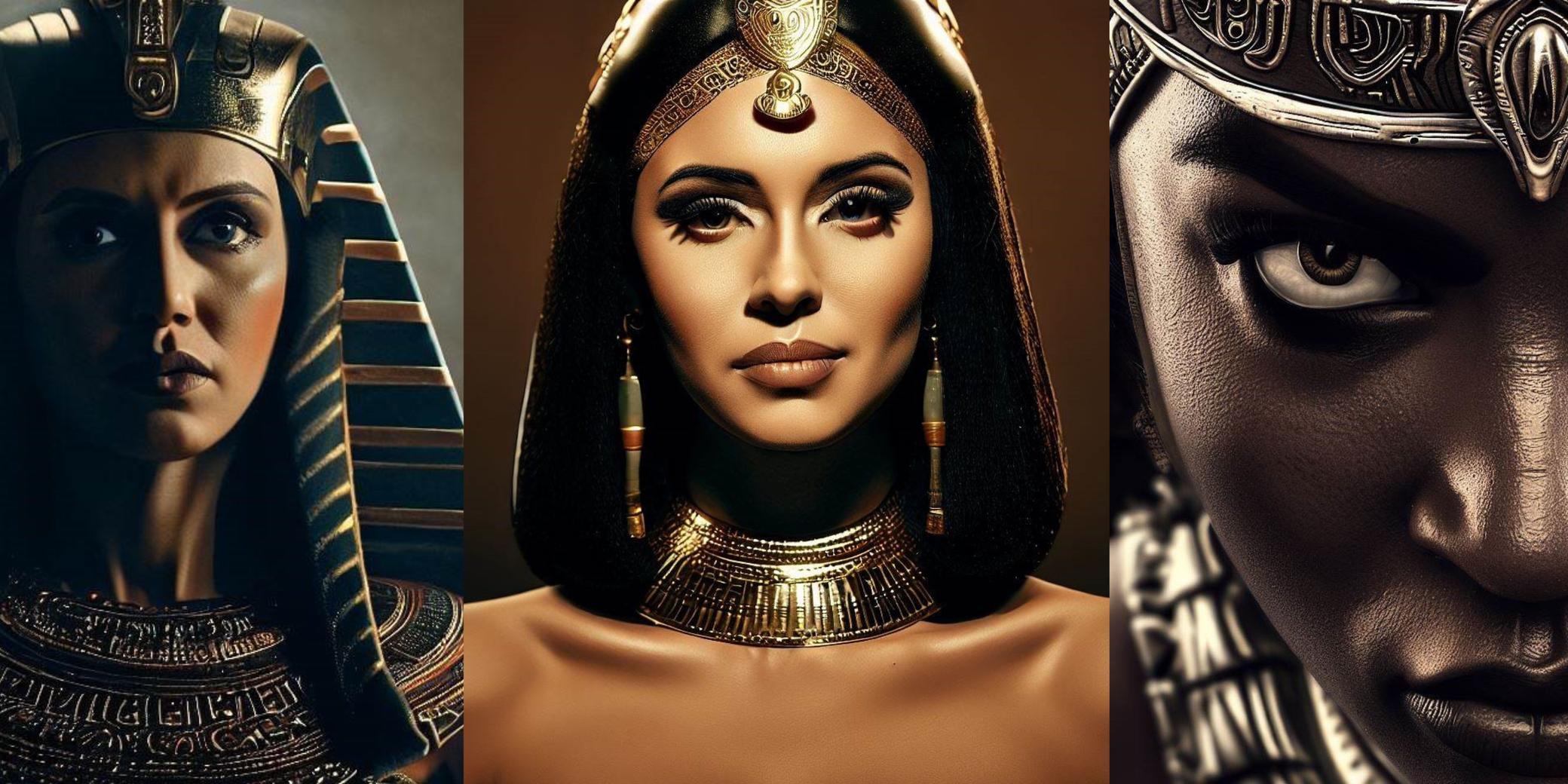
Cleopatra, the last active ruler of the Ptolemaic Kingdom of Egypt, was known for her beauty and her ability to speak multiple languages.
Learn More: History Skills
30. Greek Gods
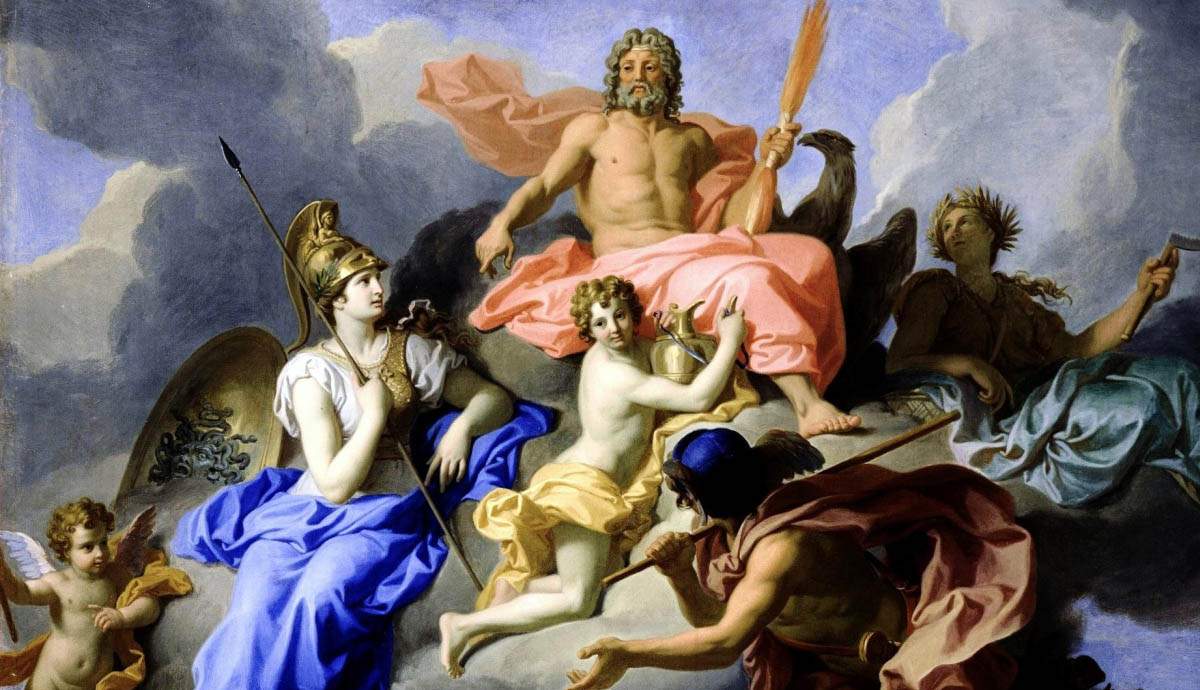
Ancient Greeks worshipped many gods and goddesses. Their pantheon of gods included Zeus, Hera, Poseidon, and many more.
Learn More: The Collector
31. Invention of Wheel
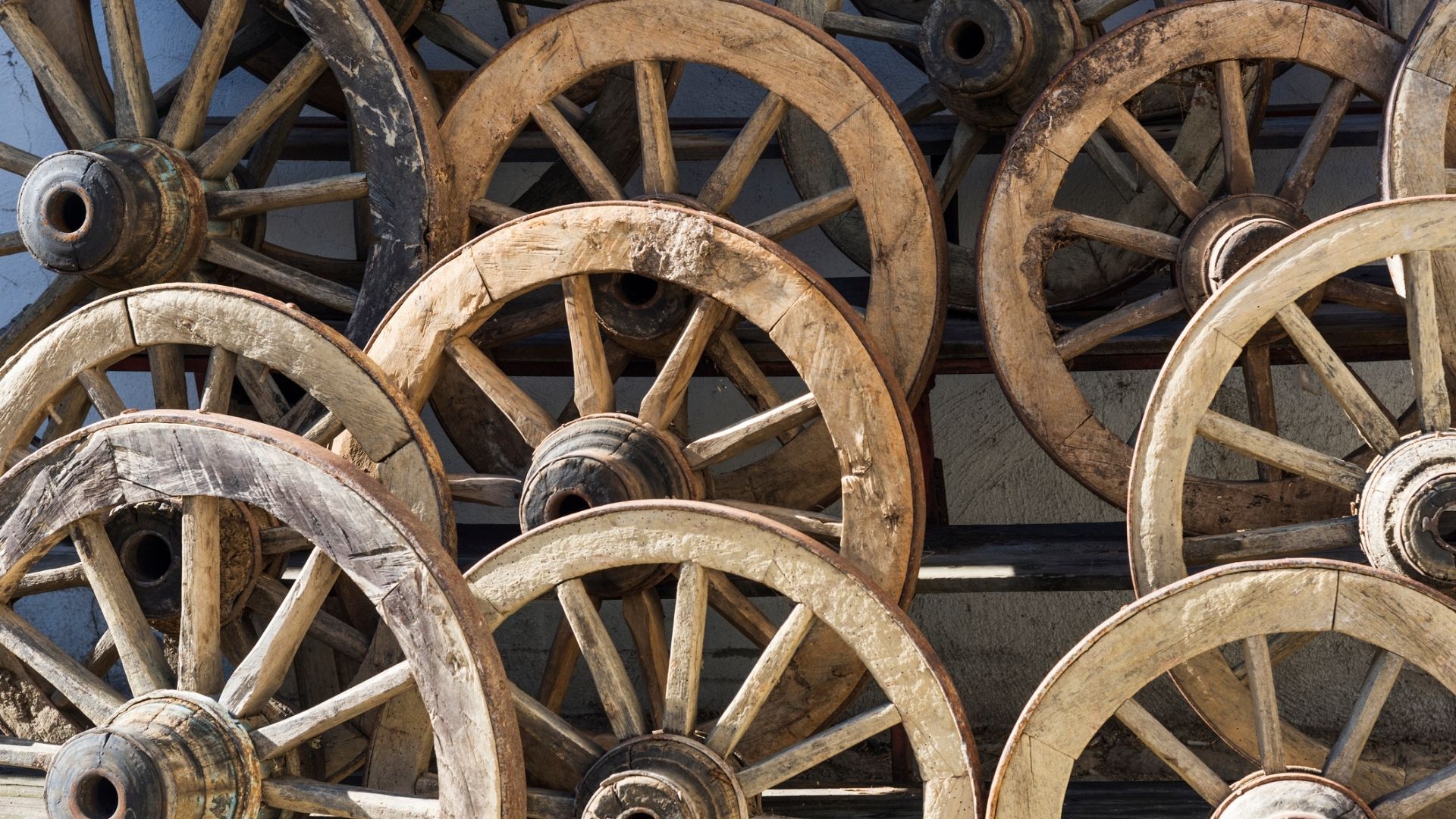
The wheel was invented in ancient Mesopotamia around 3500 BC. It is considered one of the most significant inventions in human history.
Learn More: Interesting Engineering
32. Tutankhamun
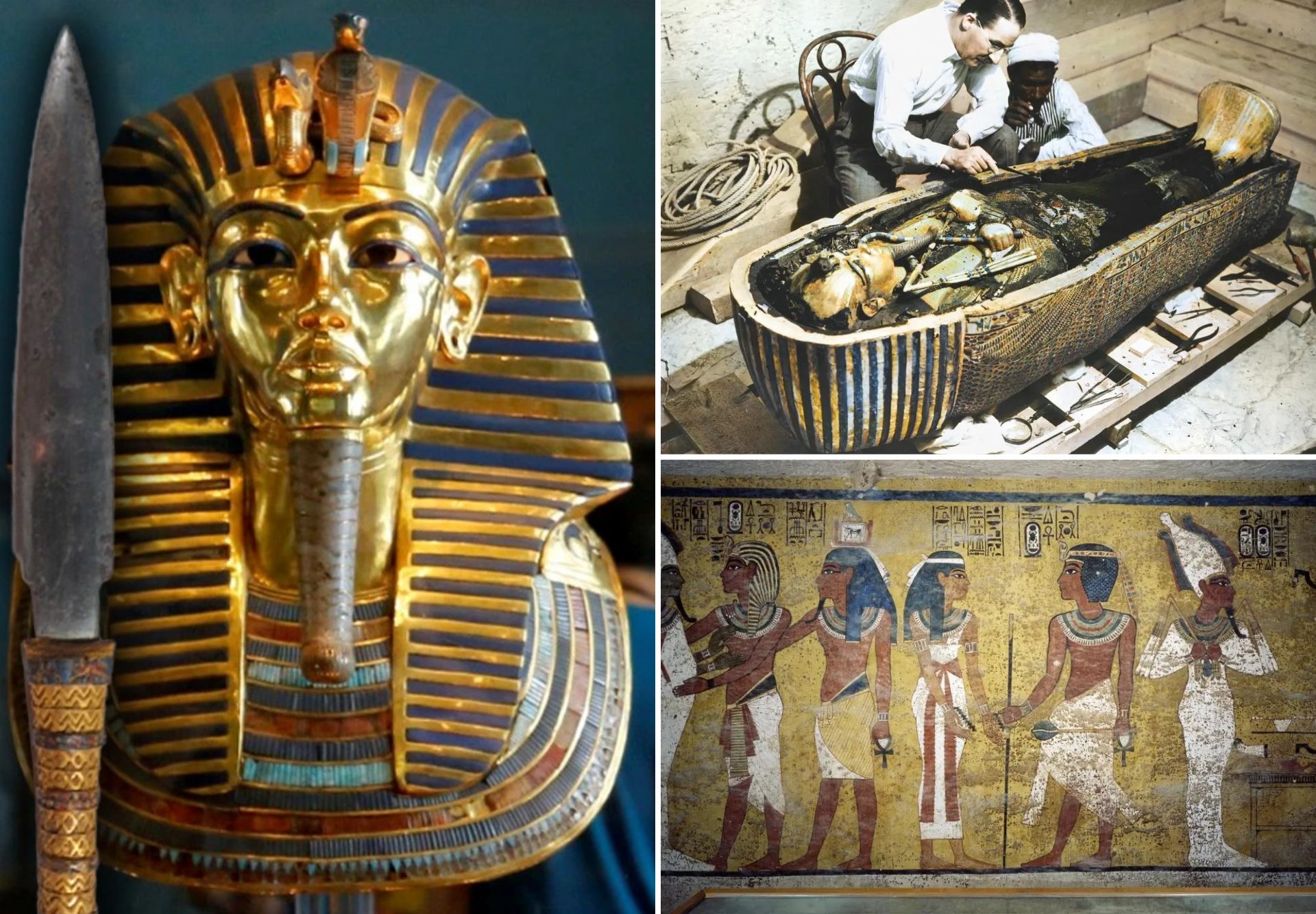
King Tut’s tomb was discovered by Howard Carter in 1922. It was almost intact and provided a wealth of artifacts and a wealth of knowledge about ancient Egypt.
Learn More: The Sun
33. Industrial Revolution

The Industrial Revolution was a period of major industrialization that took place during the late 1700s and early 1800s. It began in Great Britain and soon spread to other parts of the world.
Learn More: Britannica
34. The Beatles
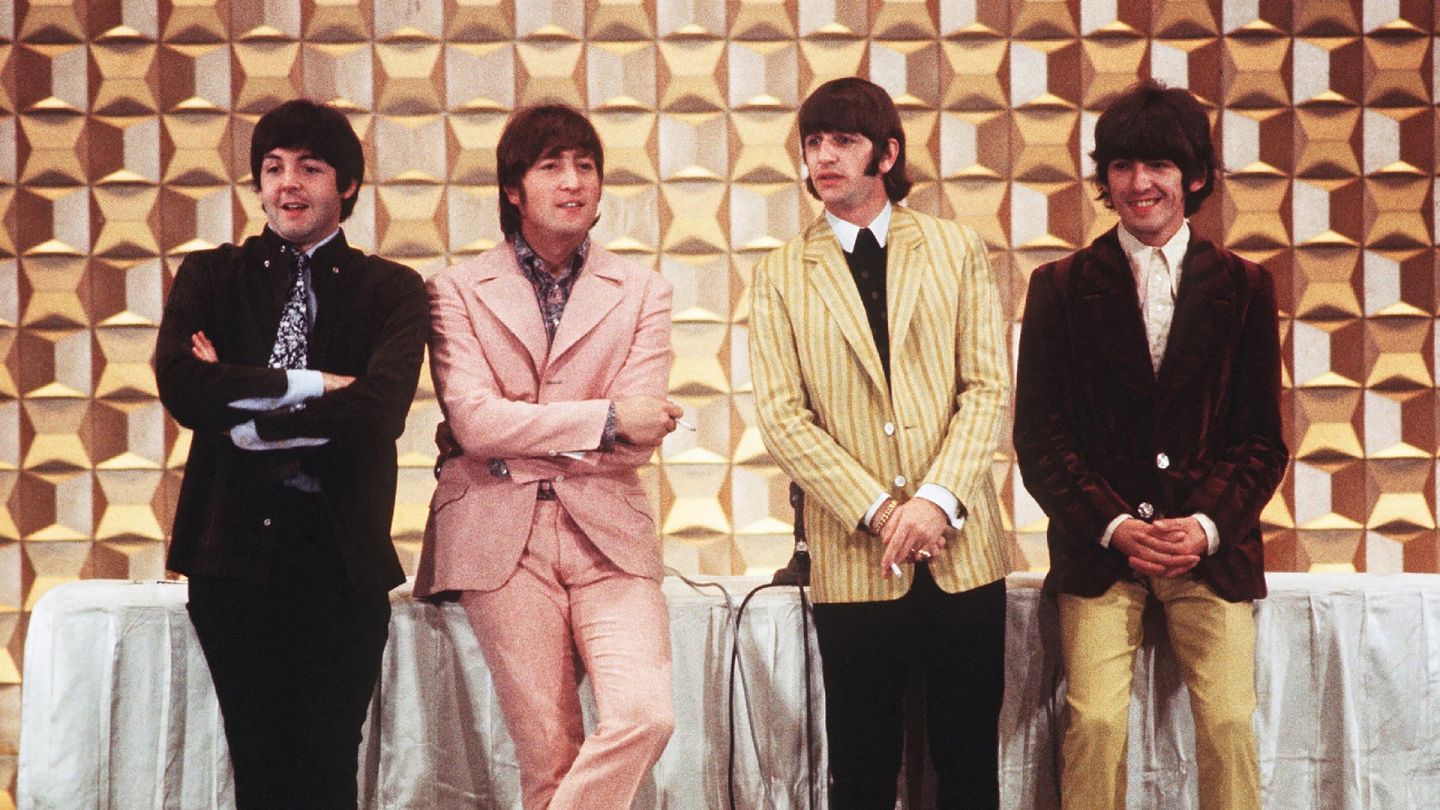
The Beatles were an English rock band formed in Liverpool in 1960. They are often regarded as the most influential band of all time.
Learn More: Euro News
35. Renaissance
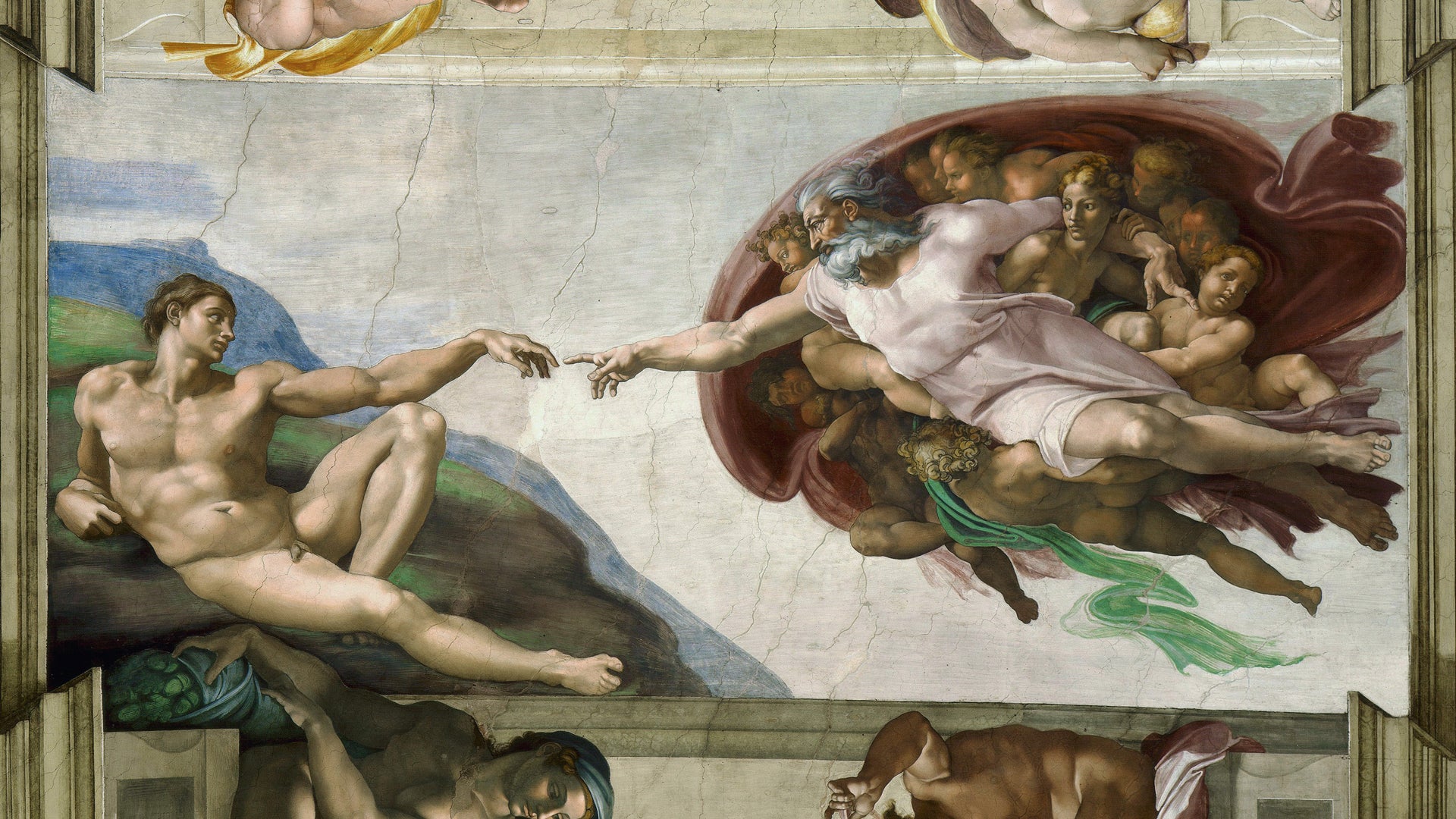
The Renaissance was a period in European history marking the transition from the Middle Ages to modernity and covering the 15th and 16th centuries.
Learn More: History
36. Invention of Telephone
Alexander Graham Bell is often credited with being the inventor of the telephone in the 1870s.
Learn More: YouTube
37. Abraham Lincoln
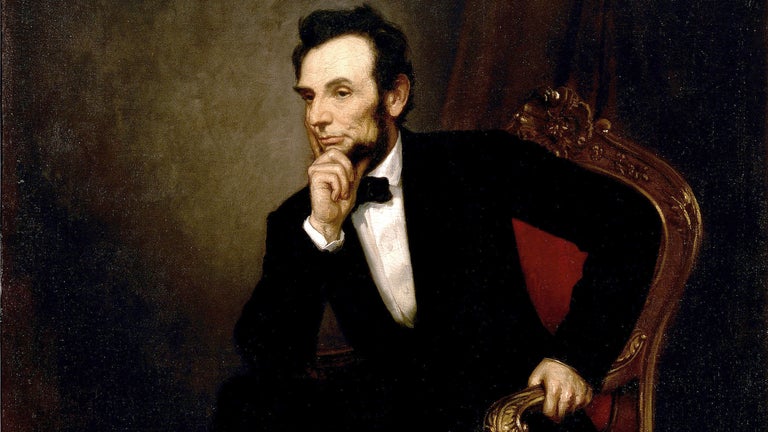
Lincoln was the 16th president of the United States and is known for leading the country through its Civil War, and on the course to abolish slavery.
Learn More: History
38. Declaration of Independence
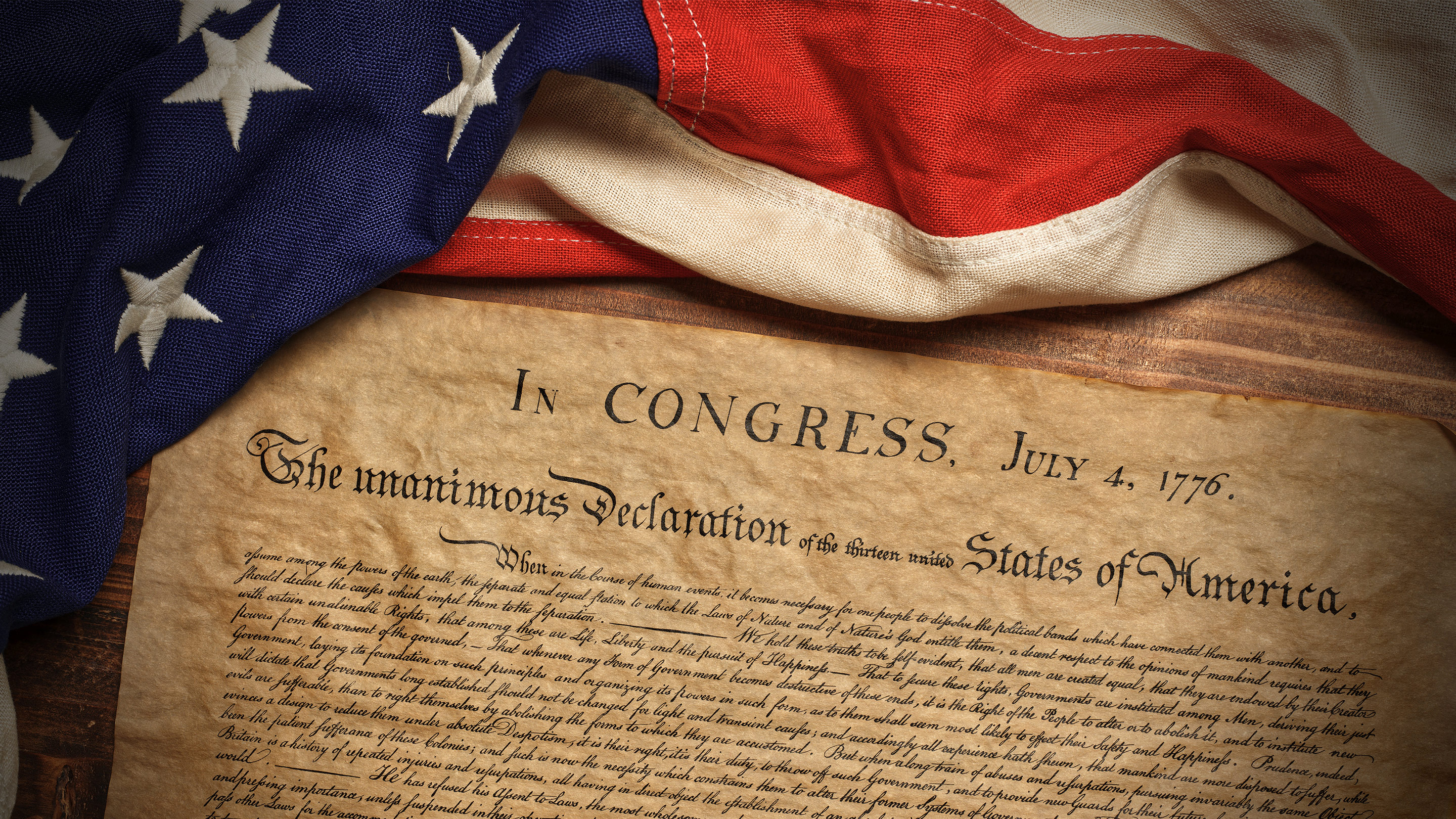
The U.S. Declaration of Independence was adopted by the Second Continental Congress meeting at the Pennsylvania State House in Philadelphia on July 4, 1776.
Learn More: Edutopia
39. Invention of the Internet
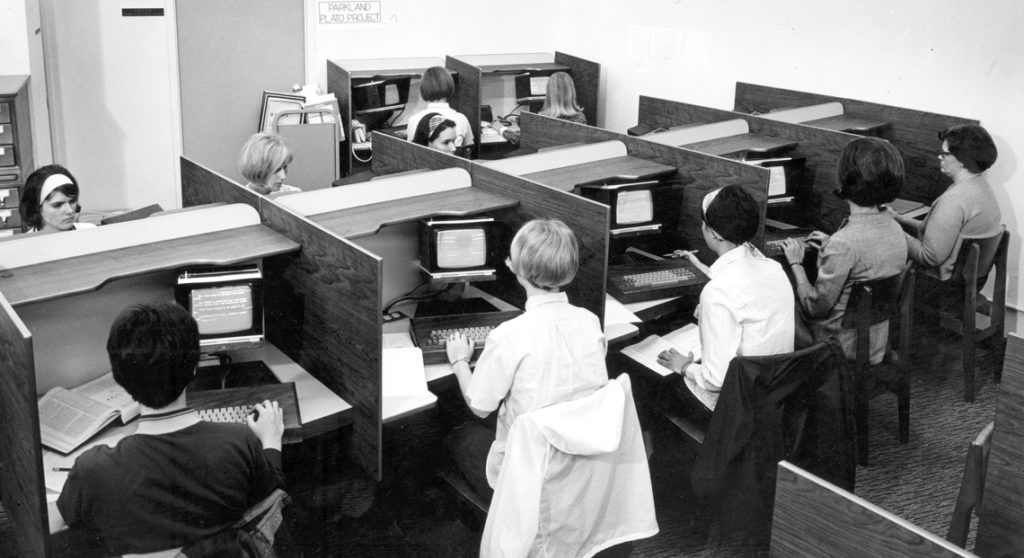
The Internet was invented in the late 20th century by many people, but its foundations can be traced back to ARPANET in the 1960s.
Learn More: Toner Den
40. Egyptian Hieroglyphs
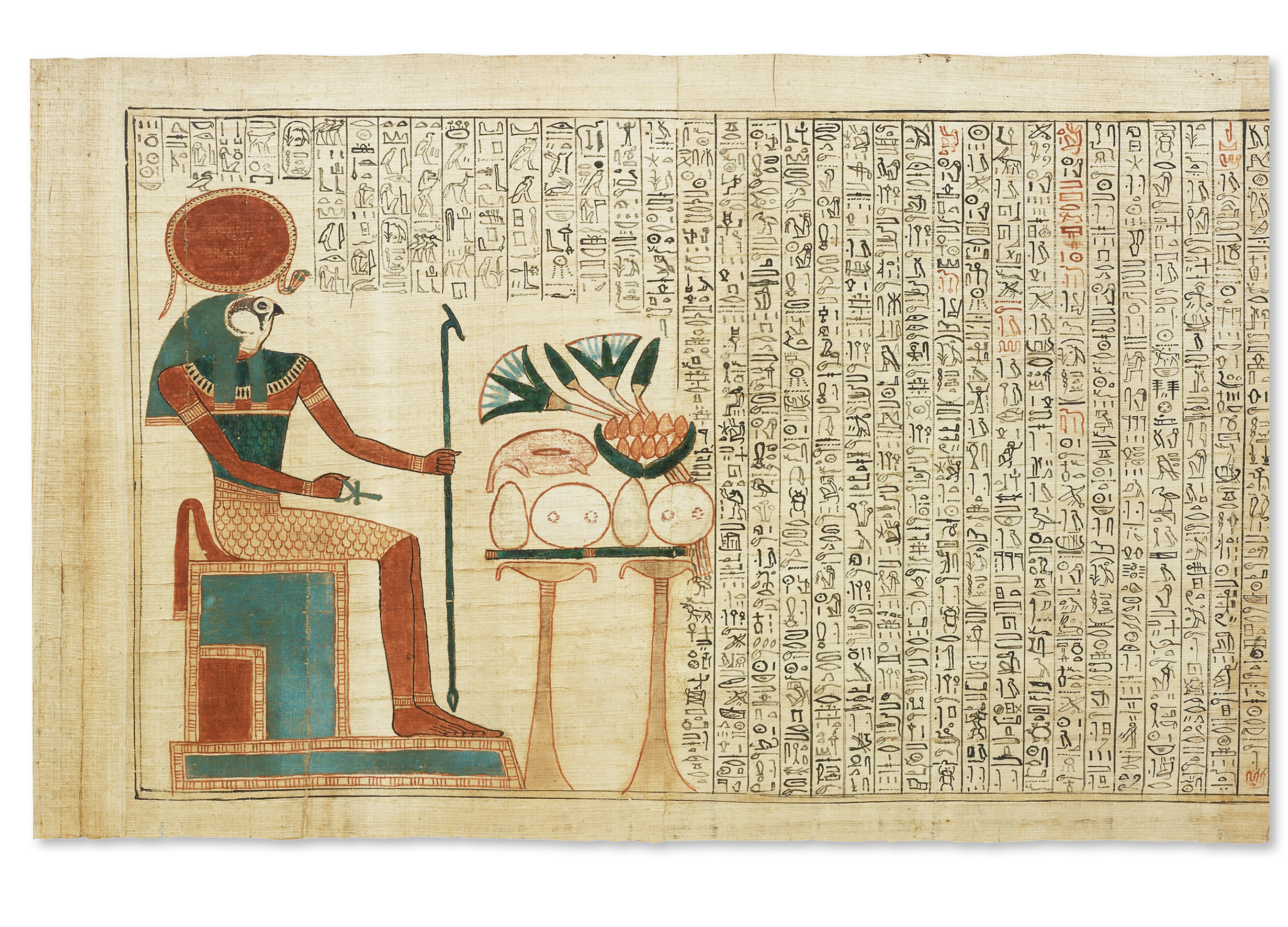
Hieroglyphs were a system of writing used by the ancient Egyptians. They combined logographic, syllabic, and alphabetic elements.
Learn More: The Past
41. The Crusades
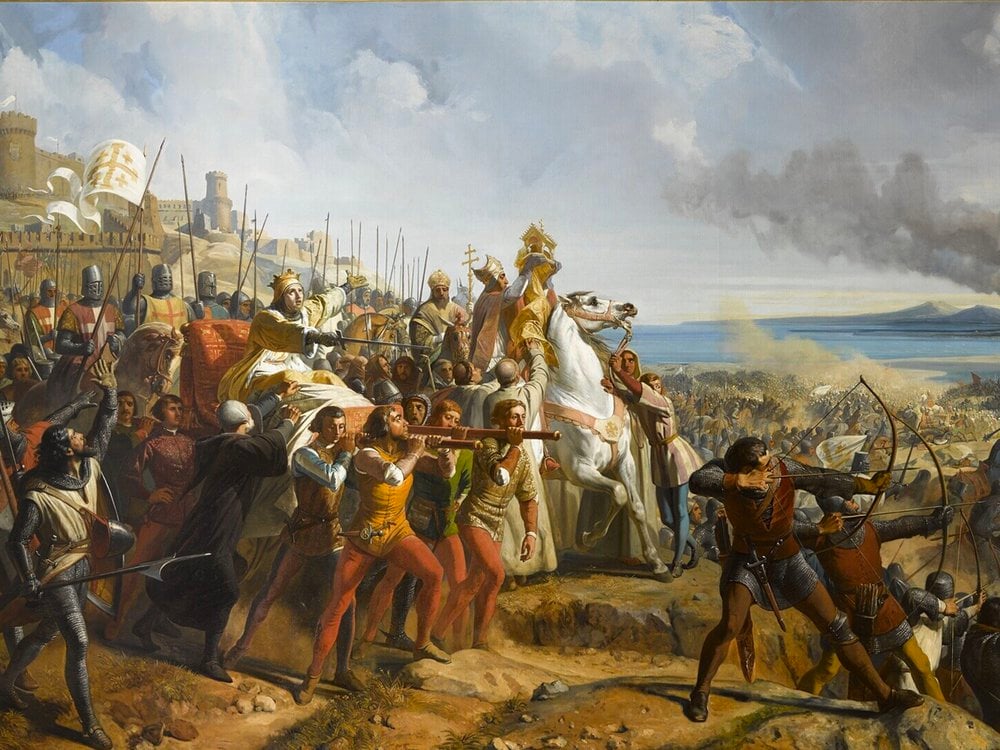
The Crusades were a series of religious wars in the medieval period, primarily against Muslims in the Holy Land called for by Pope Urban II in 1095.
Learn More: Smithsonian Mag
42. Spanish Armada
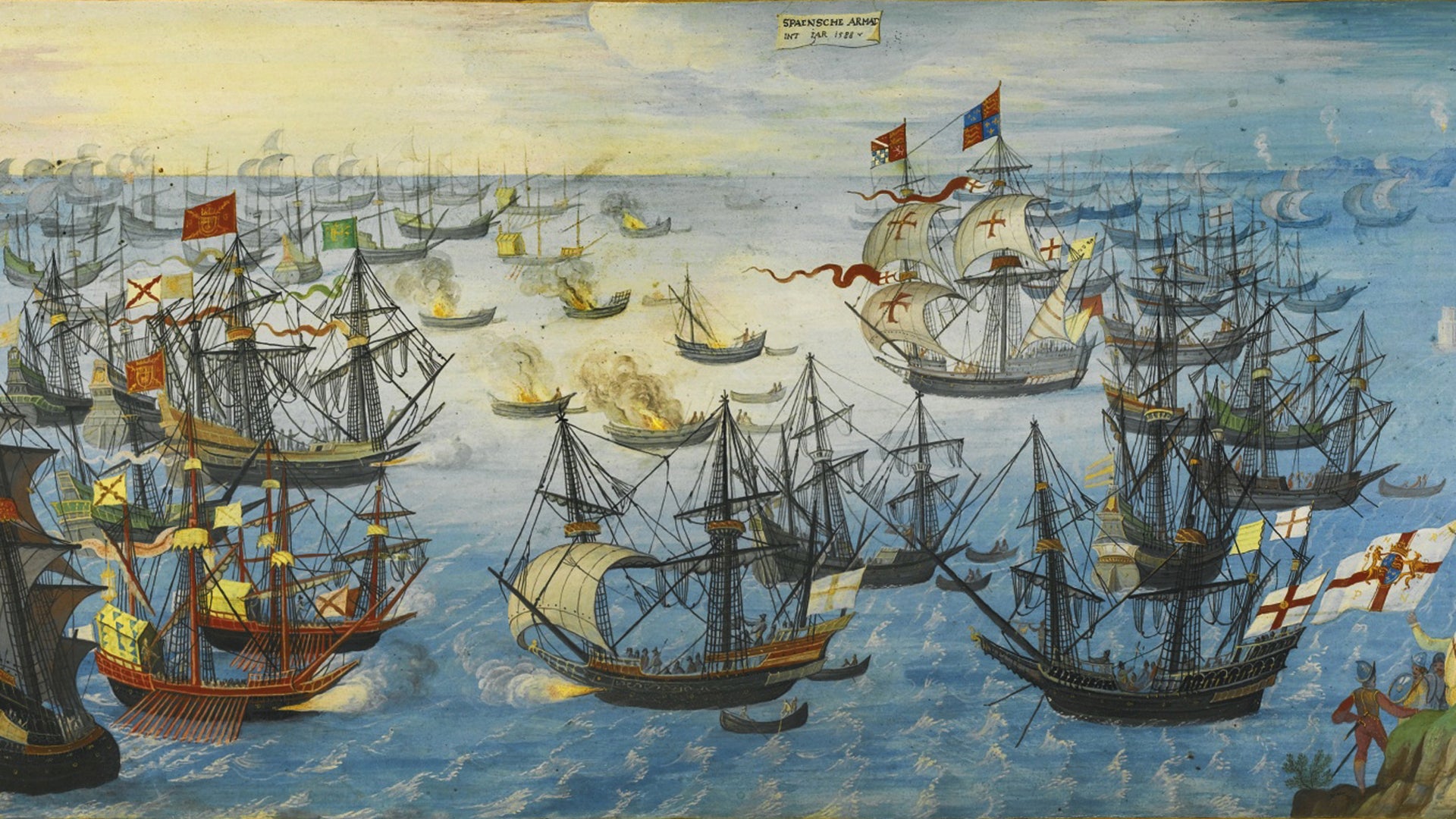
The Spanish Armada was a naval fleet sent by Philip II of Spain in 1588 in an attempt to invade England. It was famously defeated.
Learn More: History
43. French Revolution
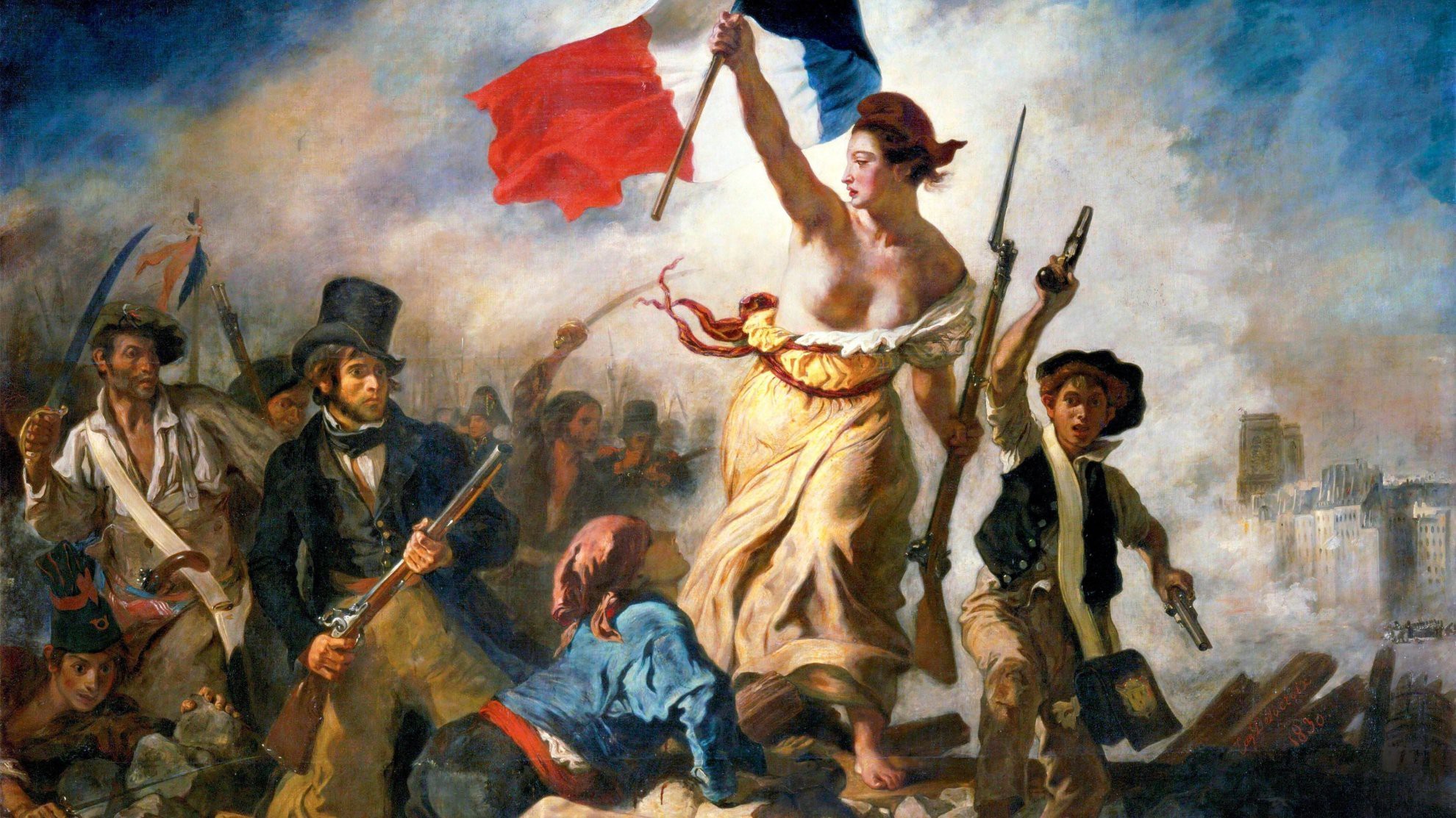
The French Revolution was a period of radical political and societal change in France that lasted from 1789 to 1799.
Learn More: The Culture Trip
44. Suez Canal
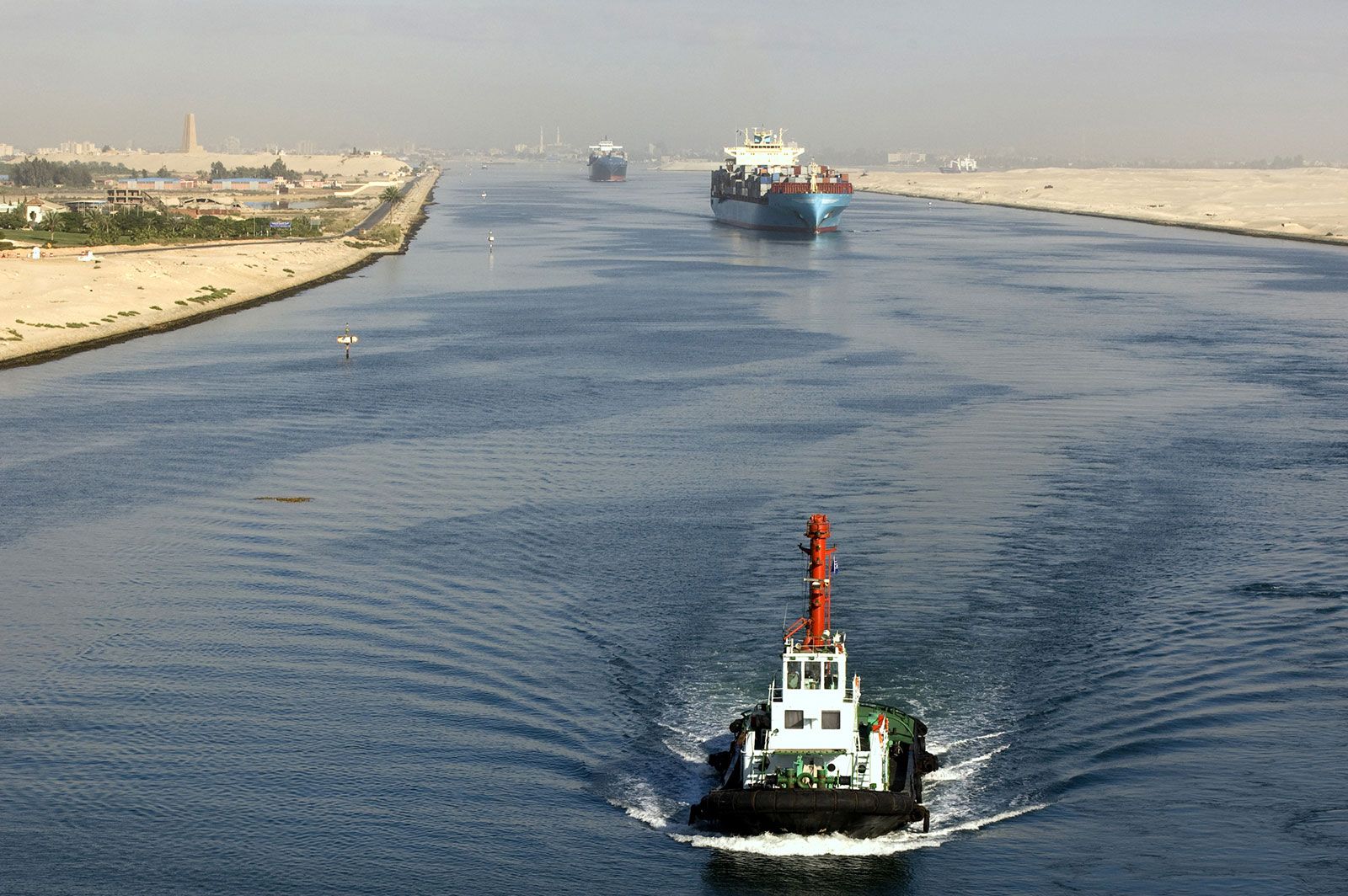
The Suez Canal is a man-made sea-level waterway in Egypt, connecting the Mediterranean Sea to the Red Sea.
Learn More: Britannica
45. The Invention of the Light Bulb

Though Thomas Edison is often credited with its invention, the light bulb was the work of many inventors, with Edison’s version being the most practical for home use.
Learn More: Standard Pro
46. Space Exploration
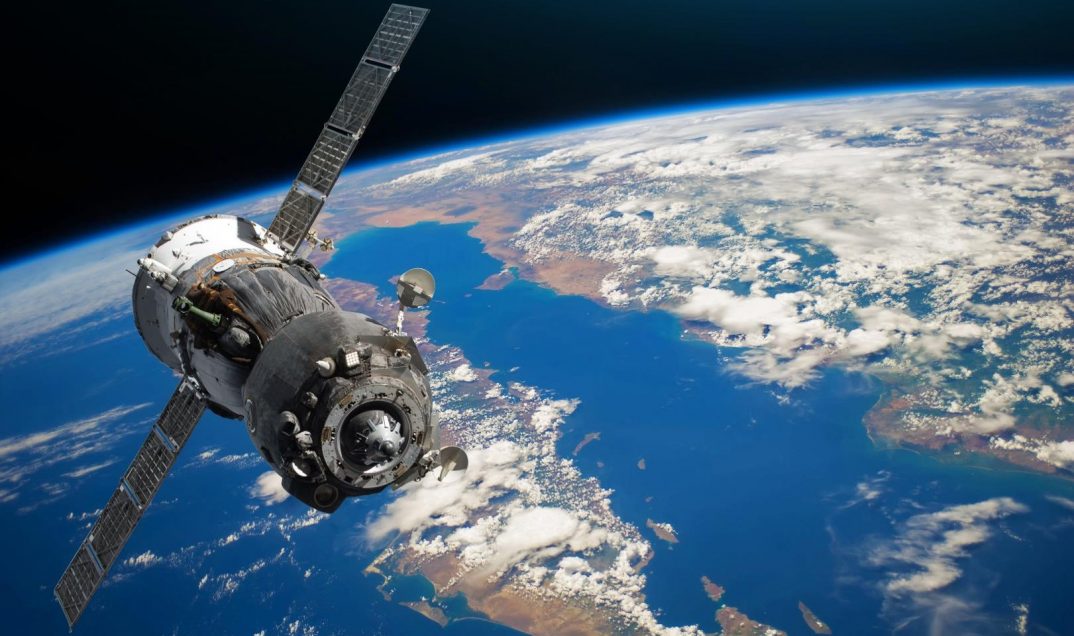
The space age began with the launch of the Soviet satellite Sputnik 1 on October 4, 1957. This was the first human-made object to orbit the Earth.
Learn More: Pioneering Minds
47. Magna Carta
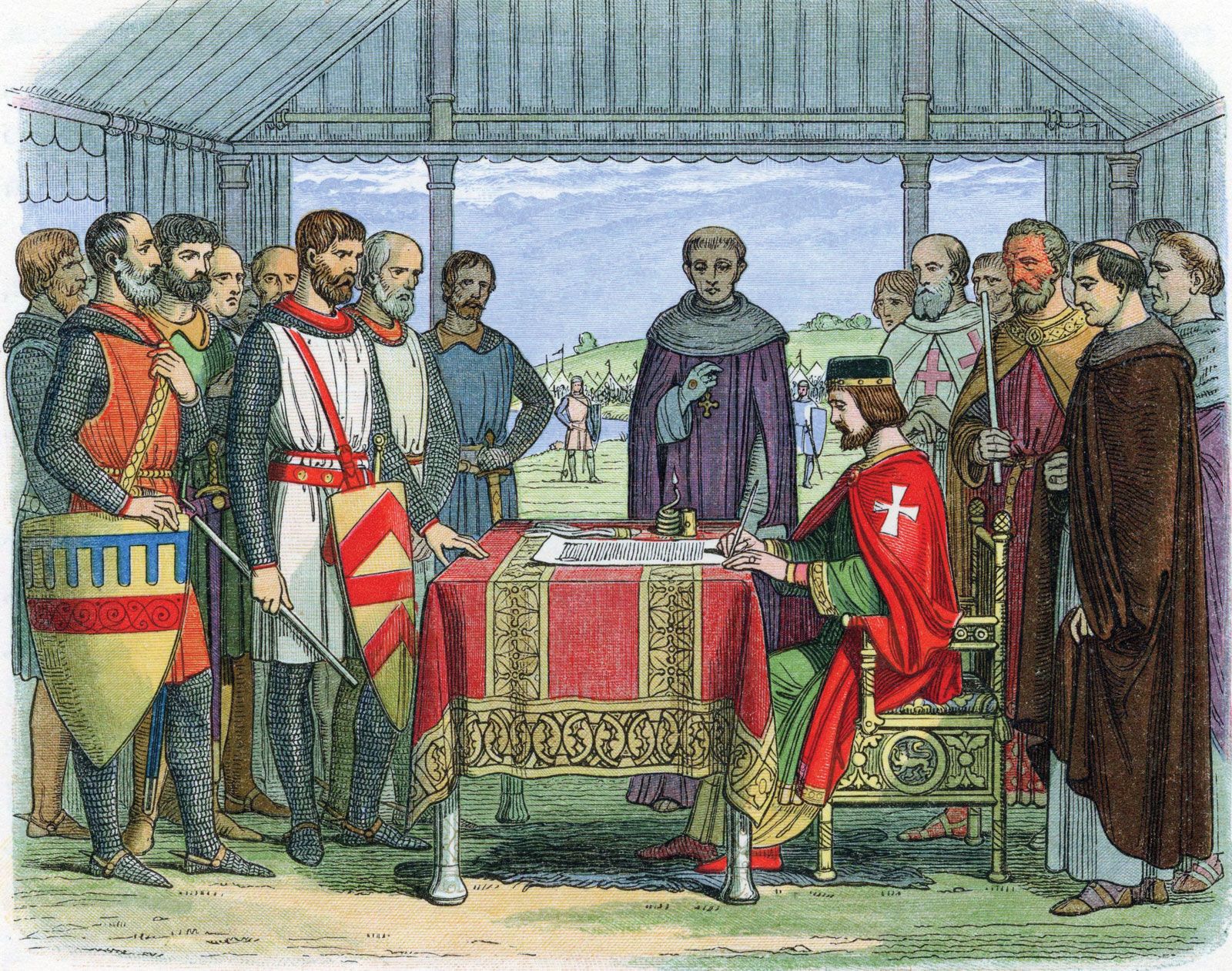
The Magna Carta was a document signed in 1215 that limited the powers of the king and is considered a foundational text of constitutional law.
Learn More: Britannica
48. American Civil Rights Movement
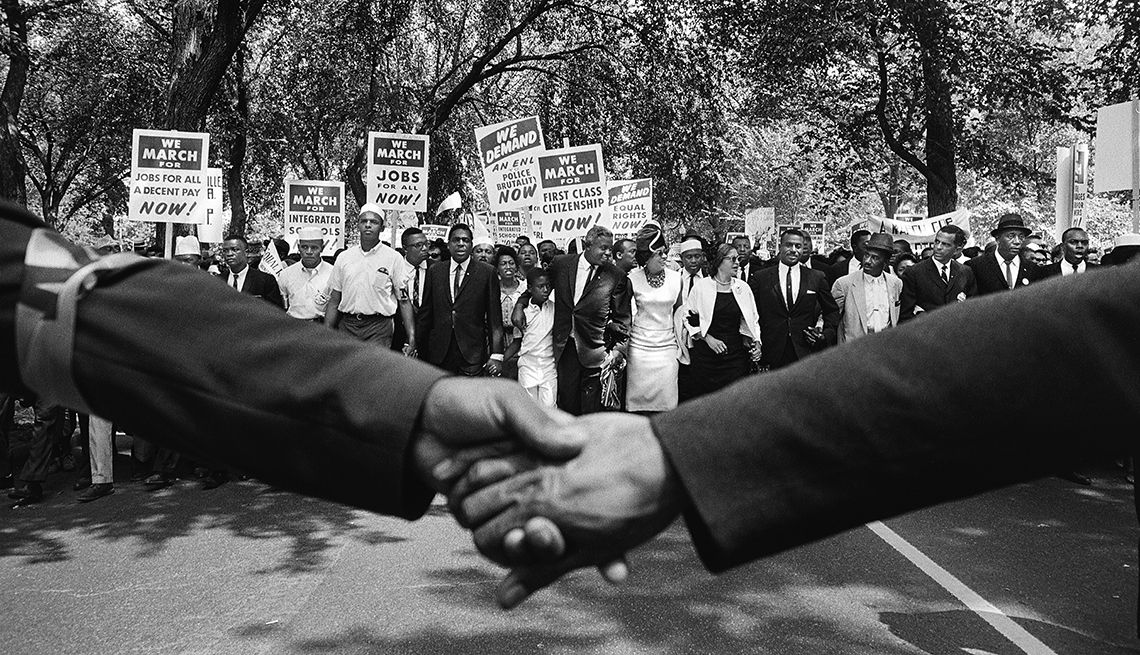
The American civil rights movement was a fight for social justice for Black Americans, primarily occurring in the 1960s.
Learn More: AARP
49. The Silk Road
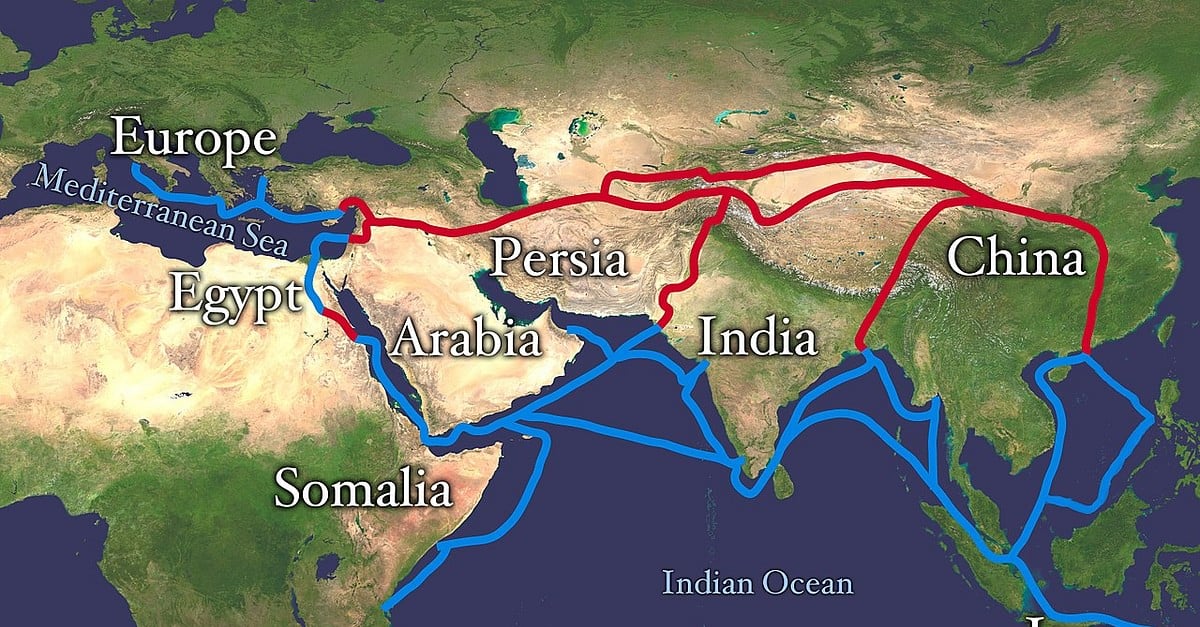
The Silk Road was a network of trade routes connecting the East and West in ancient times.
Learn More: World History
50. Boston Tea Party
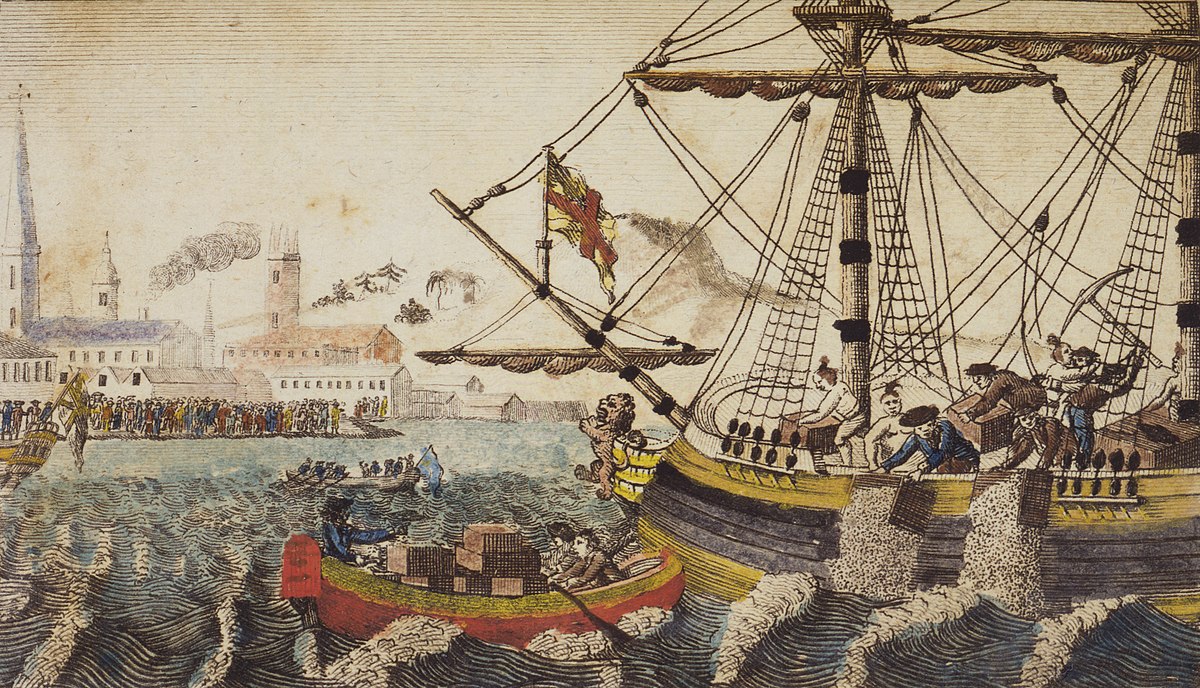
The Boston Tea Party was a political protest by the Sons of Liberty in Boston, Massachusetts, on December 16, 1773.
Learn More: Wikipedia
51. Mount Everest
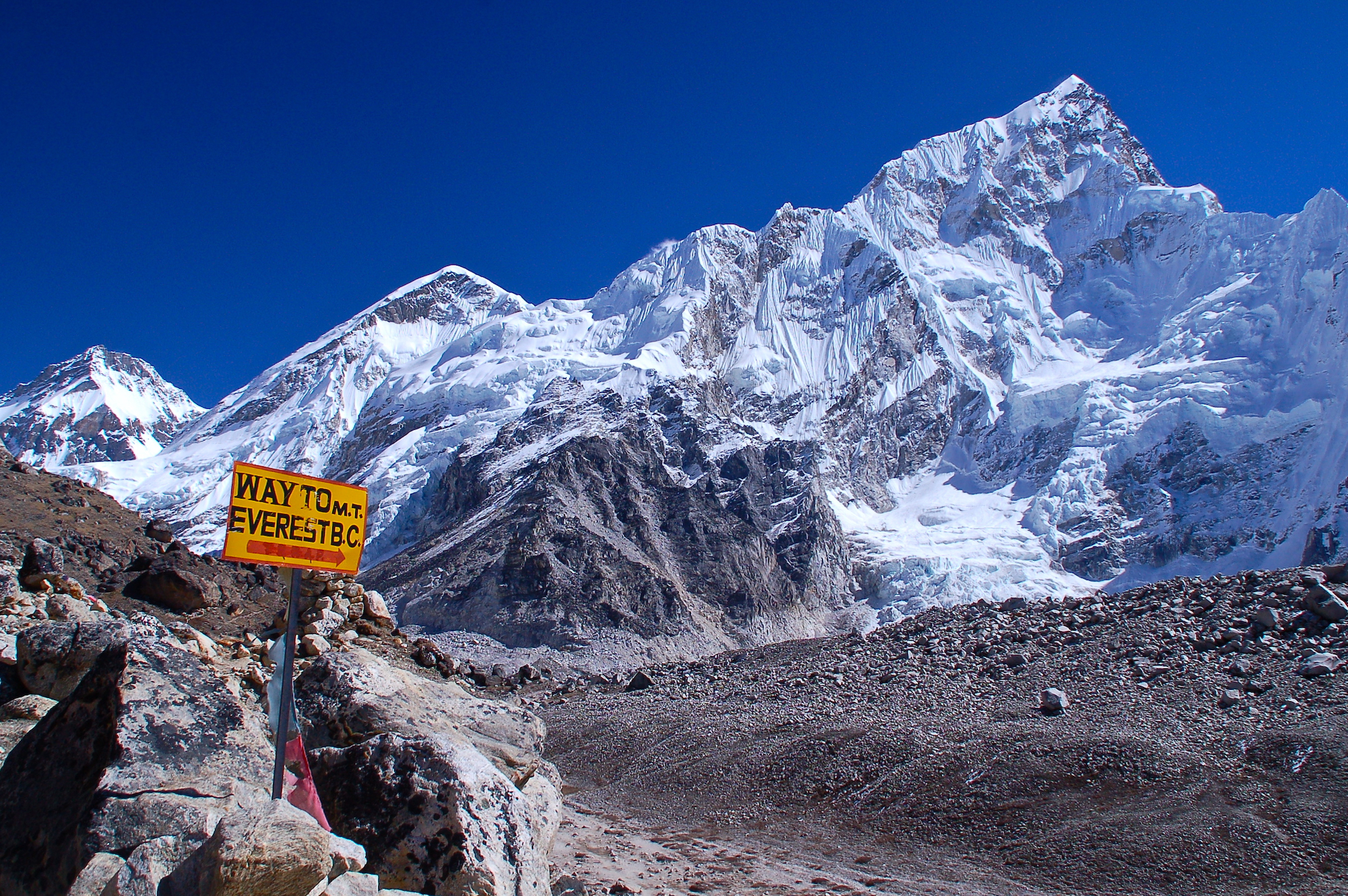
Mount Everest was named after Sir George Everest in 1865. It is the tallest mountain on Earth, with a peak of 8,848 meters above sea level.
Learn More: National Geographic
52. Fall of the Berlin Wall
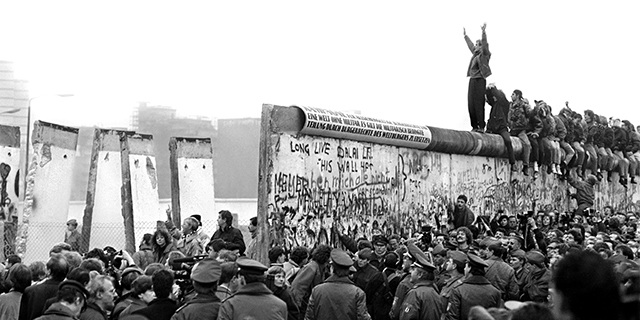
The Berlin Wall, a guarded concrete barrier that divided East and West Berlin, was officially opened to the West on November 9, 1989.
Learn More: Pew Research
53. Aztec Empire
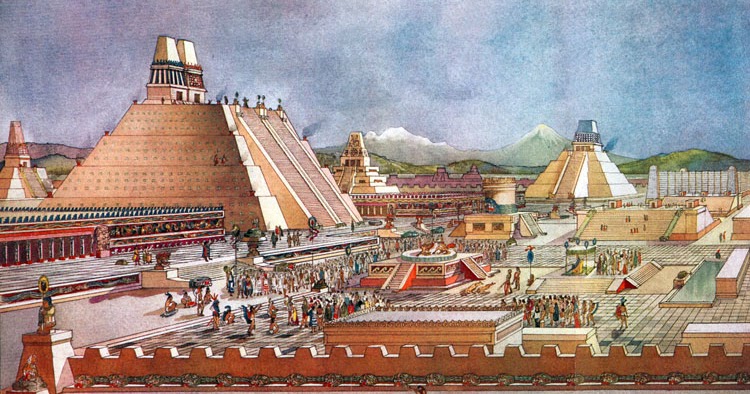
The Aztec Empire was a large and complex Native American civilization in modern Mexico running from the 14th to the 16th century.
Learn More: Klima Naturali
54. D-Day
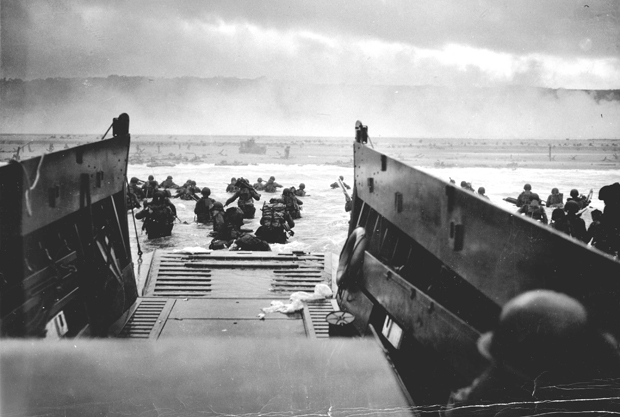
D-Day was the start of the Allied invasion of Normandy in Operation Overlord during World War II. The largest seaborne invasion in history began on June 6, 1944.
Learn More: Army
55. The Code of Hammurabi
One of the oldest deciphered writings of significant length, the Code of Hammurabi is a Babylonian law code dating back to about 1754 BC.
Learn More: YouTube
56. Invention of the Camera
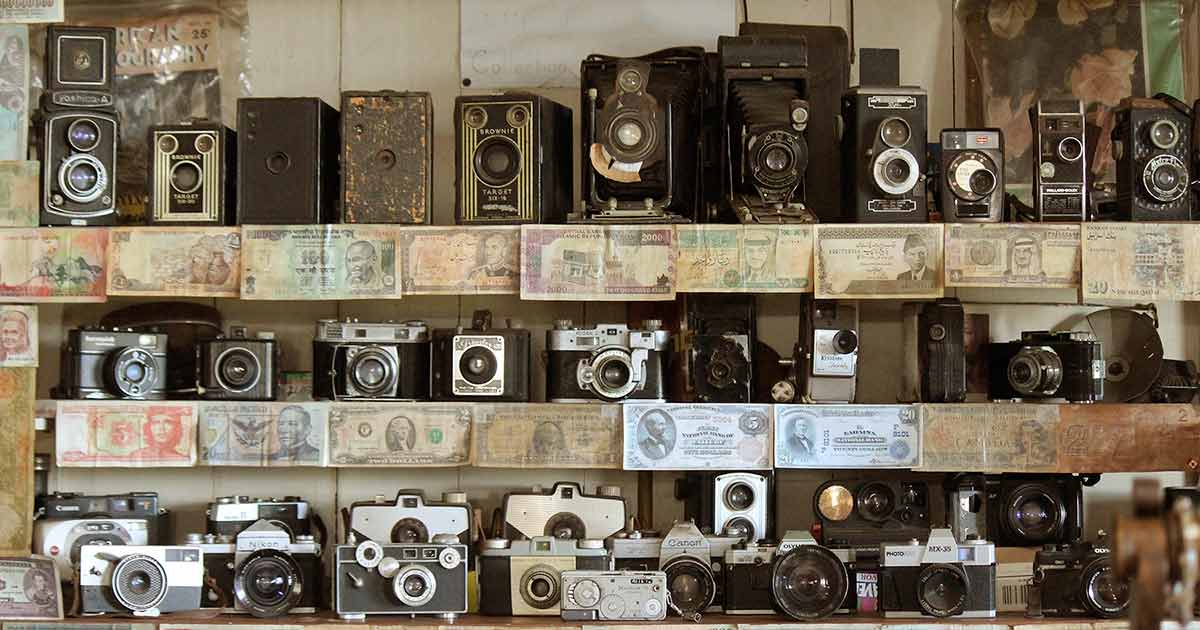
The first partially successful photograph was made in approximately 1816 by Nicephore Niepce, using a very small camera and a piece of paper coated with silver chloride.
Learn More: Automate
57. The Battle of Waterloo
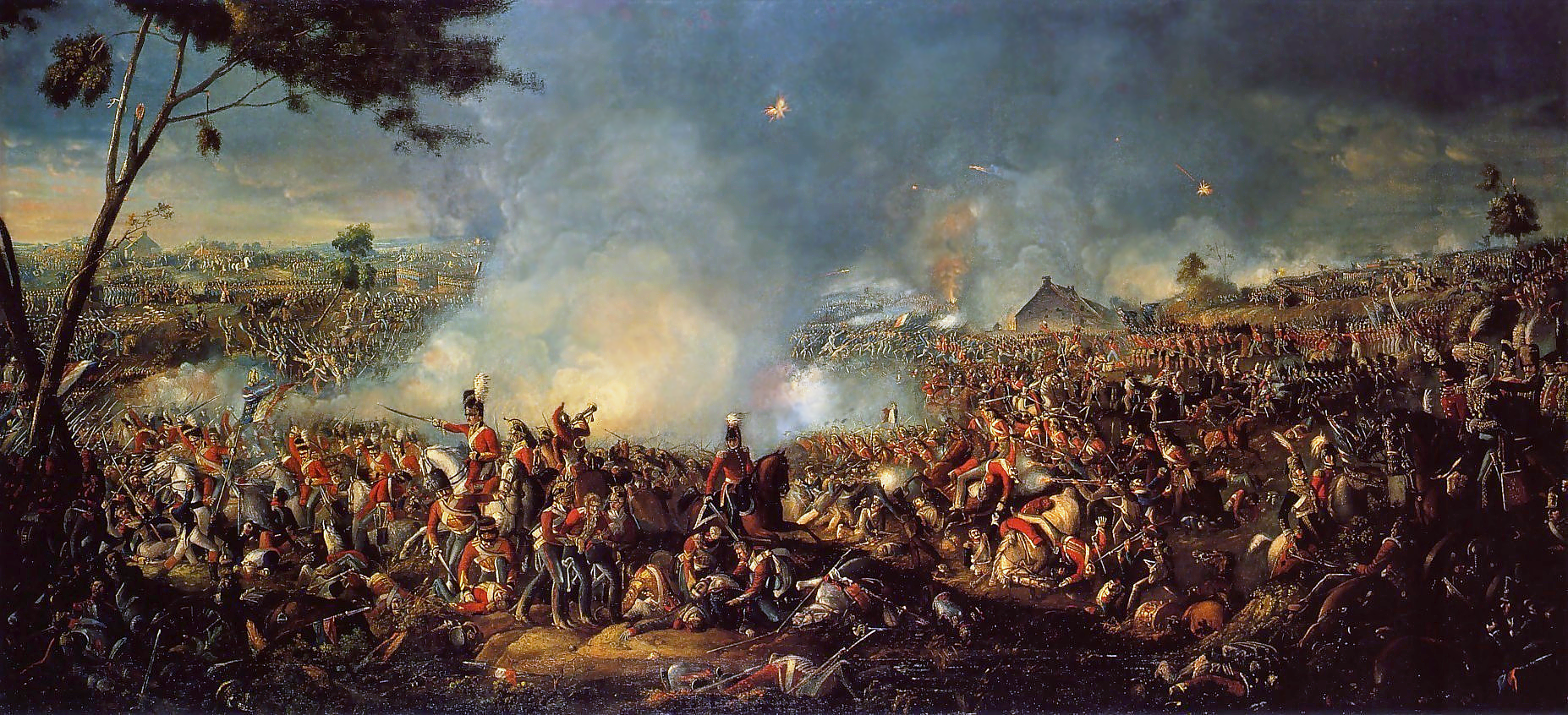
Fought on 18 June 1815, the Battle of Waterloo marked the final defeat of Napoleon Bonaparte.
Learn More: Cove Collective
58. Building of the Panama Canal
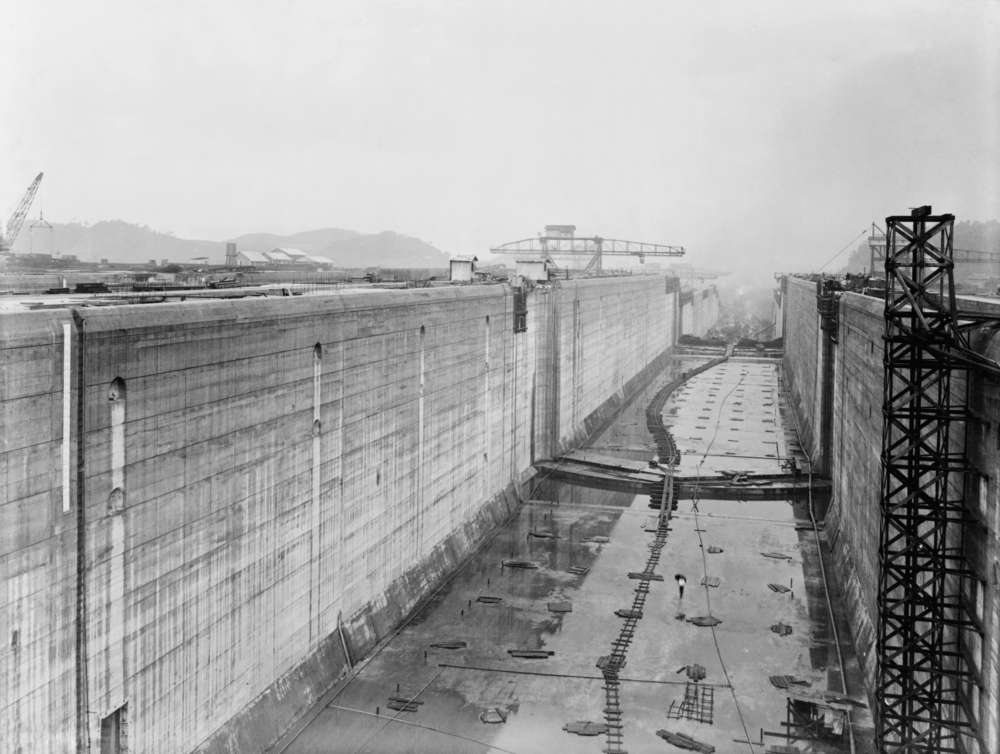
The Panama Canal, an artificial waterway connecting the Atlantic and Pacific oceans, was built by the U.S. between 1904 and 1914.
Learn More: Chimu Adventures
59. Louis Pasteur

Pasteur made significant breakthroughs in the causes and prevention of diseases during the 19th century. His experiments supported the germ theory of disease.
Learn More: The Conversation
60. Galileo Galilei
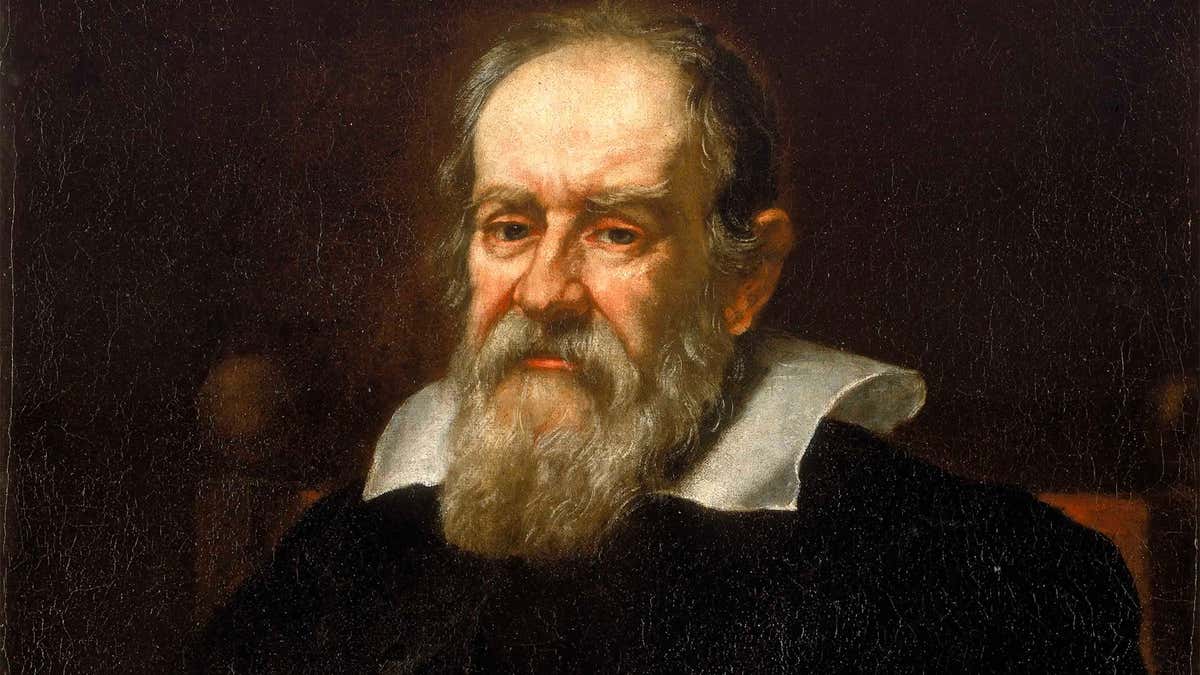
Galileo, an Italian astronomer, and physicist, played a major role in the Scientific Revolution and is known for improving the telescope to observe celestial bodies more clearly.
Learn More: The Scientist
61. Prohibition in the U.S.
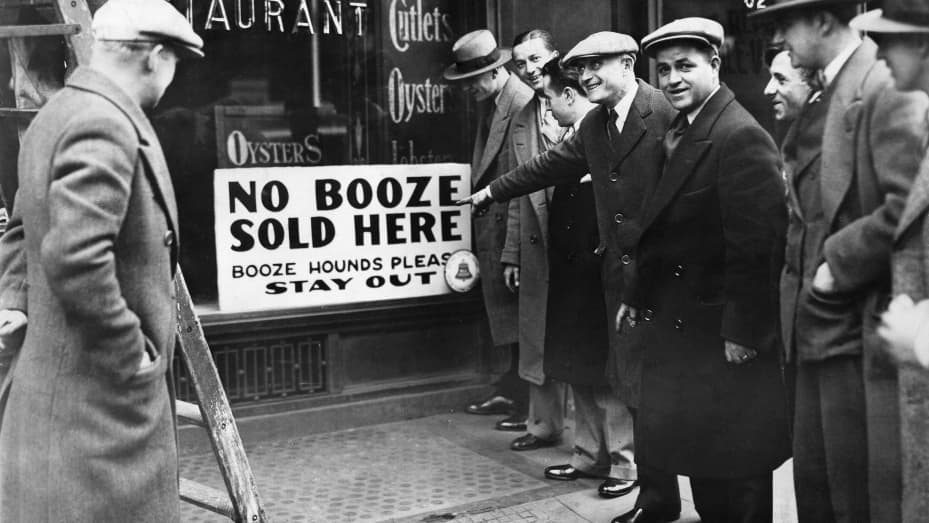
Prohibition, a nationwide constitutional ban on the production, importation, transportation, and sale of alcoholic beverages in the U.S., lasted from 1920 to 1933.
Learn More: CNBC
62. Discovery of DNA Structure
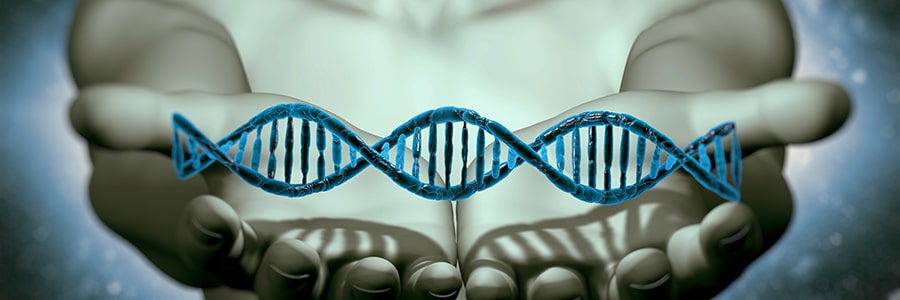
James Watson and Francis Crick discovered the double-helix structure of DNA in 1953, marking a milestone in the field of genetics.
Learn More: Genomics Education
63. The Great Depression
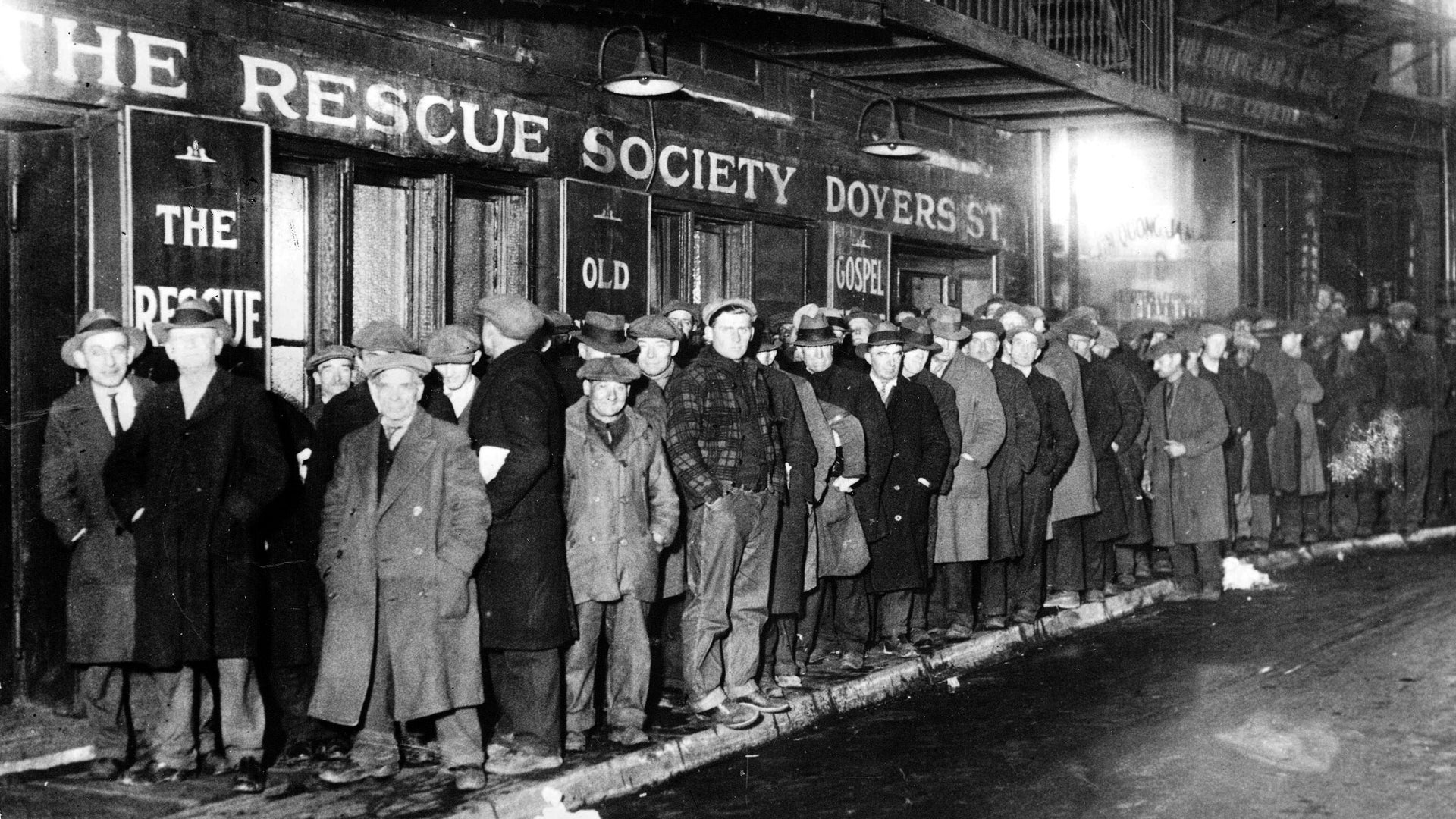
The Great Depression was a severe worldwide economic depression that took place mostly during the 1930s, beginning in the United States.
Learn More: History
64. Charles Darwin & Evolution
Charles Darwin proposed the theory of evolution by natural selection. His work forms the basis of modern evolutionary studies.
Learn More: YouTube
65. First Woman in Space
Valentina Tereshkova became the first woman to travel to space. She orbited the Earth 48 times in her spacecraft Vostok 6 in 1963.
Learn More: RMG
66. First Vending Machine
The first vending machine was created in Egypt around 215 BC. It dispensed holy water when a coin was inserted.
Learn more: ABC
67. First Use of “OMG”
The earliest recorded use of the acronym “OMG” was in a letter to Winston Churchill in 1917.
Learn more: Huffington Post
68. George Washington’s Travel Expenses
George Washington had to borrow money to pay for his travel costs to get to New York City for his inauguration.
Learn More: Mount Vernon
69. Abraham Lincoln’s Bartending License
Abraham Lincoln was a licensed bartender and co-owned a tavern.
Learn More: Saucey
70. Early Vacuum Cleaners
The first vacuum cleaner was so large it was hauled by horses.
Learn More: Science Museum
71. Age of the Pyramids of Giza
The Pyramids of Giza have survived for over 4,500 years.
Learn More: Britannica
72. First Calculator
The first calculator was invented in the 1600s. It could only add and subtract.
Learn More: Edtech Magazine
73. First Alarm Clock
The first alarm clock could only ring at 4 a.m.
Learn More: Atlas Obscura
74. Abraham Lincoln’s Beard
Abraham Lincoln grew a beard because a young girl wrote to him telling him it would help his appearance.
Learn More: Kingsmen Premium
75. Neil Armstrong’s Late Application
Neil Armstrong’s astronaut application arrived a week past the deadline, but a friend slipped it in with the others.
Learn More: BBC
76. Marie Curie’s Nobel Prizes
Marie Curie was the first woman to win a Nobel Prize, the first person to win two Nobel Prizes, and the only person to win a Nobel Prize in two different fields of science.
Learn More: Britannica
77. Cleopatra and iPhones
Cleopatra lived closer in time to the invention of the iPhone than to the building of the Great Pyramid of Giza.
Learn More: Interesting Facts
78. First Aircraft
Hot air balloons were the first type of aircraft successfully flown by humans.
Learn More: Chateau de Versailles
79. Famous Scientists Without Degrees
Nicola Tesla, Alexander Graham Bell, and Henry Ford, among other famous inventors, never went to college.
Learn More: Go Book Mart
80. Mary Shelley’s Frankenstein
Mary Shelley wrote her classic novel Frankenstein when she was only 18 years old.
Learn More: New Yorker
81. Fortune Cookies
The fortune cookie was invented in San Francisco, not China.
Learn More: Library of Congress
82. Ancient Roman Urine Uses
Ancient Romans used urine as mouthwash because of its ammonia content. They also used it for laundering clothes and whitening teeth.
Learn More: Imperium Romanum
83. First Valentine’s Day Card
The first Valentine’s Day card was sent in the 15th century.
Learn More: History Extra
84. Origin of the Sandwich
The sandwich was named after the 4th Earl of Sandwich in the 1700s.
Learn More: Cellone’s
85. First Bar Code
Wrigley gum was the first product with a barcode on its packaging.
Learn More: Chicago Tribune
86. Bubble Gum Packaging
In 1928, a bubble gum called Dubble Bubble was the first to sell in strips rather than chunks.
Learn More: History Channel
87. Burning of the White House
The White House was burned down by the British in 1814 during the War of 1812.
Learn More: American Battlefield Trust
88. The Statue of Liberty
The Statue of Liberty was gifted to the U.S. from France in the American centennial.
Learn More: The Obama White House
89. Leif Erikson’s Voyage
Leif Erikson landed in North America 500 years before Christopher Columbus.
Learn More: Life in Norway
90. Earliest Prosthetic Limb
The earliest surviving prosthetic limb is the bronze and wooden Roman Capua Leg dating back to 300 BCE.
Learn More: JSTOR
91. Plague of Justinian
An epidemic called the Plague of Justinian killed 10% of the world’s population during the 6th Century AD.
Learn More: Passport Health
92. King Henry VIII’s Wives
King Henry VIII had six wives. He famously had two of them beheaded.
Learn More: History Hit
93. Ming Dynasty Voyages
The Ming Dynasty’s Zheng He commanded voyages with ships over 400 feet long – much larger than Columbus’ 85-foot ships.
Learn More: Association for Asian Studies
94. Olympic Art Medals
The Olympics used to award medals for artistic competitions like sculpture, music, painting, and architecture.
Learn More: Smithsonian
95. Elvis Presley’s Rejection
Elvis Presley auditioned for a gospel group and was told he couldn’t sing.
Learn More: Will Never Give Up
96. Louis Armstrong’s Youth
Louis Armstrong learned to play the trumpet while living in a detention home for juvenile delinquents.
Learn More: America Comes Alive
97. Albert Einstein’s Challenges
Albert Einstein did not speak until age 4 and couldn’t read until 7. His teachers thought he might be intellectually disabled.
Learn More: Elephant Learning
98. Isaac Newton’s Cat Door
Isaac Newton created one of the first known cat doors.
Learn More: My Animals
99. Vincent van Gogh’s Painting Sales
Vincent van Gogh only sold one painting in his lifetime, for about $50 in today’s money.
Learn More: ThoughtCo.
100. Marie Curie’s Research Papers
Marie Curie’s research papers are still radioactive more than 100 years later. They are still stored in lead-lined boxes.
Learn More: Science Alert
101. The Liberty Bell
The Liberty Bell cracked the first time it was rung after arriving in Philadelphia in 1753.
Learn More: Wonderopolis
102. Roman Gladiators
Ancient Roman gladiators were primarily prisoners of war, slaves, and criminals, not professional fighters.
Learn More: University of Chicago
103. Genghis Khan’s Impact
Genghis Khan killed so many people it affected the Earth’s climate and decreased carbon emissions.
Learn More: Live Science
104. Taj Mahal
The iconic Taj Mahal was built by Emperor Shah Jahan as a mausoleum for his wife, who died in childbirth.
Learn More: Wonders of the World
105. M&M’s Origin
M&M’s chocolate candies were originally designed for soldiers’ rations during WWII. The hard sugar shell prevented them from melting.
Learn More: Old Time Candy
106. Daylight Savings
Benjamin Franklin first suggested daylight savings time as a joke in a satirical essay in 1784.
Learn More: CNBC
107. Burning of the Library of Alexandria
The Library of Alexandria was one of the largest libraries of the ancient world, holding thousands of scrolls and texts before it was burned and destroyed.
Learn More: TIME
108. Invention of the Microwave
The microwave oven was invented by accident by a scientist testing a magnetron. The magnetron melted the chocolate bar in his pocket.
Learn More: New England Historical Society
109. Hundred Years’ War
The Hundred Years’ War between England and France lasted 116 years, from 1337 to 1453.
Learn More: World History Encyclopedia
110. Democratic Donkey Logo
The Democratic Party’s donkey logo originated from an 1828 political cartoon making fun of Andrew Jackson.
Learn More: Fabrik Brands
111. Recovery of the Mary Rose
The ship Mary Rose sank in 1545 and was recovered intact 437 years later. It’s now on display in Portsmouth, England.
Learn More: Royal Museums Greenwich
112. King Henry VIII’s Music
King Henry VIII was an accomplished musician and composer.
Learn More: YouTube
113. World’s Tallest Man
The tallest man in history was Robert Wadlow, who stood at 8 feet 11 inches tall.
Learn More: All That’s Interesting
114. Ancient Roman Toilet Brushes
Ancient Romans used a sponge on a stick soaked in vinegar as a form of toilet brush.
Learn More: Short History
115. Silk Threads for Dragonflies
In ancient China, children on Dragon Boat Festival day would tie silk threads around dragonflies, hoping to bring strength and wisdom.
Learn More: China Highlights
116. Battle of Marathon Messenger
The Athenians defeated the Persians at the Battle of Marathon in 490 BC after a messenger ran over 26 miles to inform them the Persians had landed.
Learn More: History Extra
117. Egyptian Mummification
The Egyptians mummified over 70 million people and buried them with personal items they would need in the afterlife.
Learn More: Discover Magazine
118. Mayan Ball Game
The Mayans played a ball game called pitz, which involved getting a heavy rubber ball through a stone hoop without using hands or feet.
Learn More: History on the Net
119. Viking Hygiene
For this time, Vikings had excellent hygiene- bathing at least once a week, which was more frequent than many other Europeans at the time.
Learn More: World History Association
120. Roman Emperor’s Horses
Some Roman emperors appointed their horses to important government positions.
Learn More: History Skills
121. Ancient Greek Theatre
Ancient Greeks performed plays as part of festivals honoring their gods. Thespis is considered the first actor.
Learn More: Reed College
122. Banning Soccer in England
In the 14th century, King Edward II of England banned soccer because he thought it distracted soldiers from archery practice.
Learn More: History Hit
123. Shortest War in History
The Anglo-Zanzibar War between the UK and Zanzibar in 1896 was the shortest war in history, lasting only 38 minutes.
Learn More: Historic UK
124. Earliest Toilet Paper
The earliest recorded use of toilet paper was in 6th century China during the Sui dynasty.
Learn More: History Channel
125. Qin Dynasty Standardization
The Qin dynasty emperor Qin Shi Huang standardized things like currency, weights, road widths, & writing during his rule.
Learn More: Lumen Learning
126. NASA Mathematician Katherine Johnson
Katherine Johnson was a NASA mathematician whose calculations were critical for early U.S. space missions like the Apollo moon landings.
Learn More: NASA
127. The Domesday Book
William the Conqueror commissioned the Domesday Book in 1085 – an extensive survey of land and people in England.
Learn More: History for Kids
128. Early Eyeglasses
The earliest surviving examples of glasses were found in the ruins of Pompeii, dating back to around 79 AD.
Learn More: Edel Optics
129. “Et tu, Brute?” Misconception
The line “Et tu, Brute?” is not found in any ancient sources describing Julius Caesar’s assassination. It originates from Shakespeare’s play.
Learn More: Today I Found Out
130. First Public Museum
The first public museum in the world opened in 1683 – the Ashmolean Museum at Oxford University in England.
Learn More: Ashmolean
131. Dinosaur Extinction
Around 65 million years ago, an asteroid impact is said to have caused the extinction of about 75% of life on Earth, including the dinosaurs.
Learn More: National History Museum
132. Russian Beard Tax
Peter the Great of Russia imposed a tax on beards in 1705 to try and force men to adopt Western customs like being clean-shaven.
Learn More: JSTOR
133. Smallpox Vaccination in Russia
Catherine the Great of Russia ordered the first smallpox vaccination in 1768, having her son vaccinated despite objections from the church.
Learn More: Ars Technica
134. Great Zimbabwe Settlement
Great Zimbabwe was a prominent African civilization and influential trading state that flourished from the 11th to 15th century.
Learn More: Smart History
135. Constructing the Parthenon
It took about 15 years to build the Parthenon, the temple dedicated to the goddess Athena in ancient Greece.
Learn More: Ancient-Greece
136. End of the Byzantine Empire
The Byzantine Empire finally fell in 1453 CE when Constantinople was conquered by the Ottoman Turks.
Learn More: Smithsonian
137. First U.S. Party System
The Federalists and Anti-Federalists were the first political parties in U.S. history, formed in the 1790s.
Learn More: Constitution Facts
138. Inventing Carbonated Water
Joseph Priestley invented carbonated water in 1767 when he first discovered a way to infuse water with carbon dioxide.
Learn More: Borg & Overstrom
139. The War of 1812
The War of 1812 between the U.S. and Britain ended in a stalemate, with no territory changing hands.
Learn More: American Battlefield Trust
140. The Heart of the Inca Empire
Cusco was the historic capital of the Inca Empire and remains a major archaeological site today.
Learn More: National Museum of the American Indian
141. The Battle of Thermopylae
At the Battle of Thermopylae in 480 BC, a small Greek force famously held off a much larger Persian army for seven days.
Learn More: National Geographic
142. The Collapse of Feudalism
The Bubonic Plague contributed heavily to the collapse of the European feudal system in the 14th and 15th centuries.
Learn More: Historic UK
143. The Legacy of Cyrus the Great
Cyrus the Great created the Persian Empire and introduced reforms, including a policy of religious tolerance.
Learn More: National Geographic
144. The Goryeo Dynasty of Korea
The Goryeo dynasty ruled Korea from 918 to 1392 CE and introduced Buddhism as the state religion.
Learn More: World History Encyclopedia